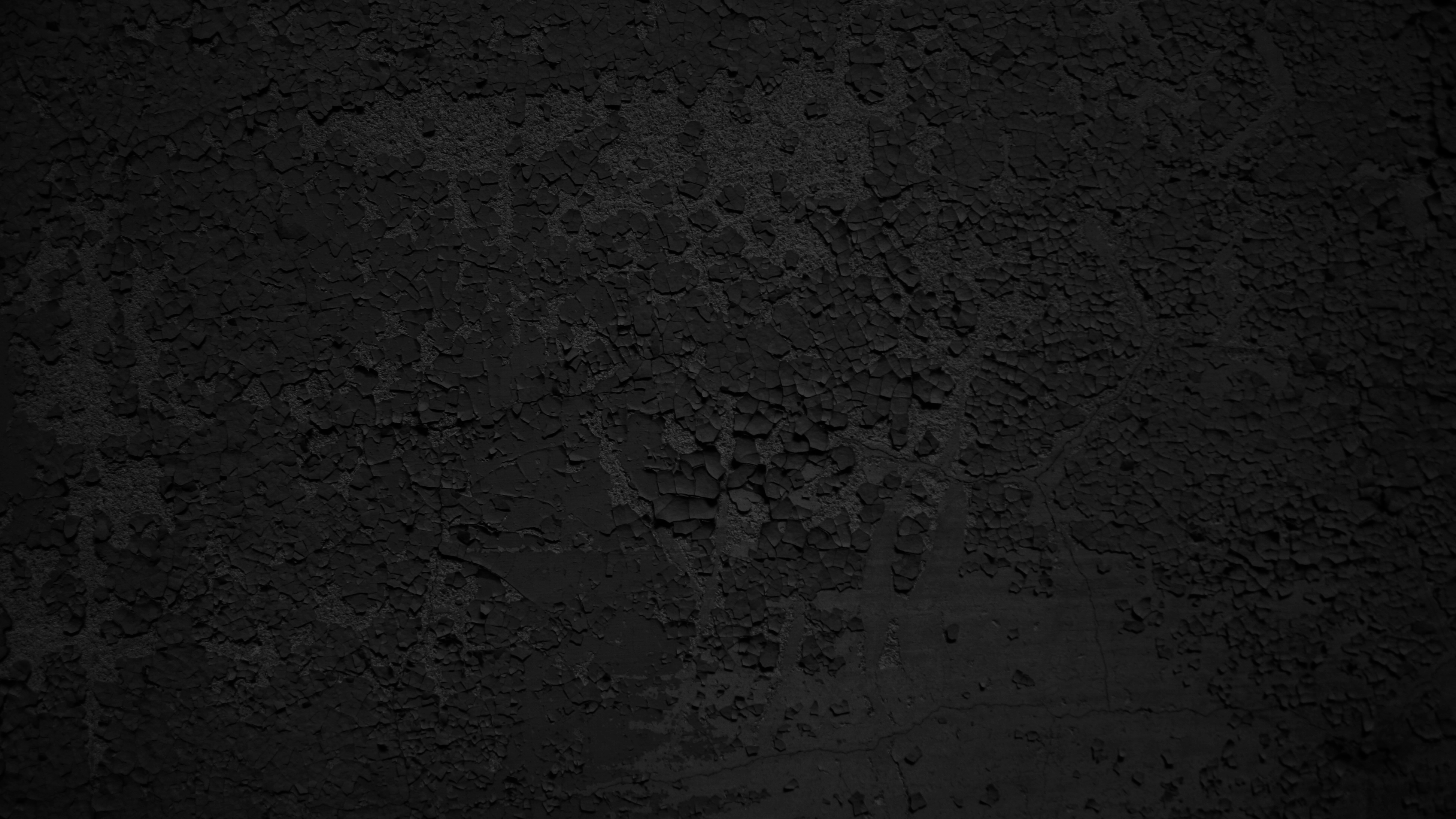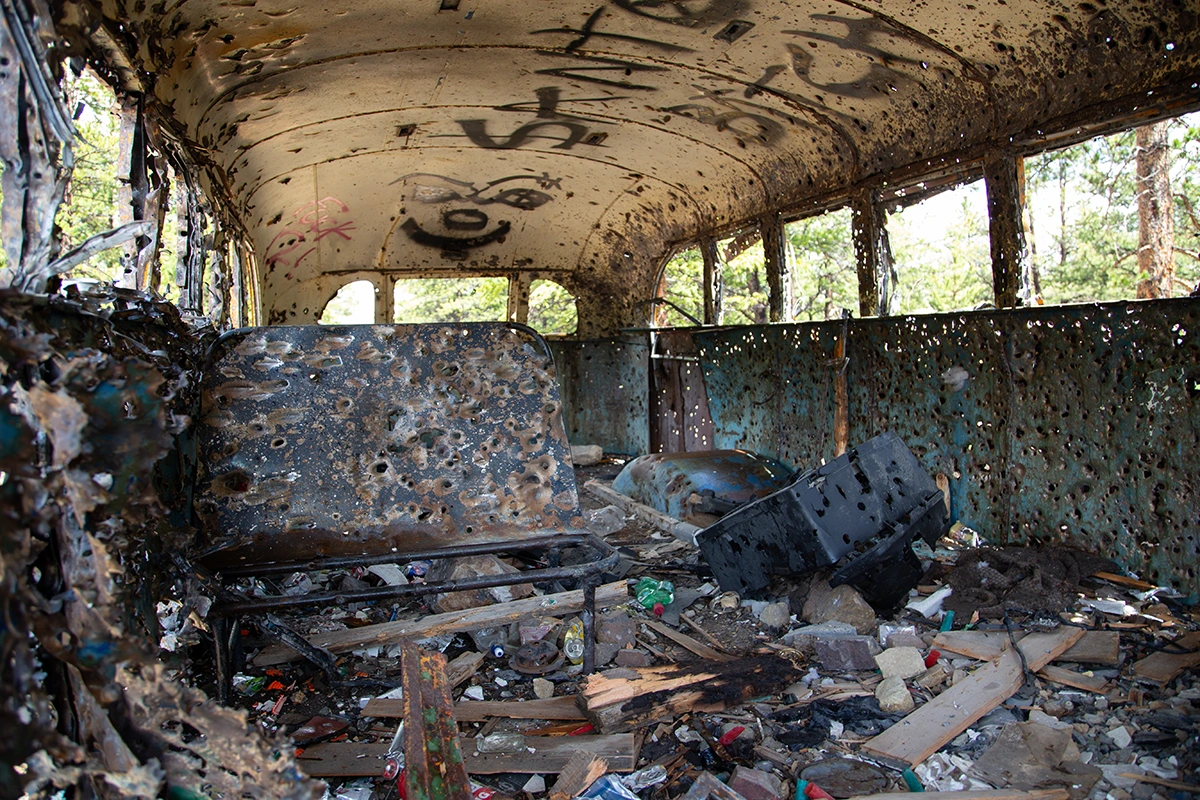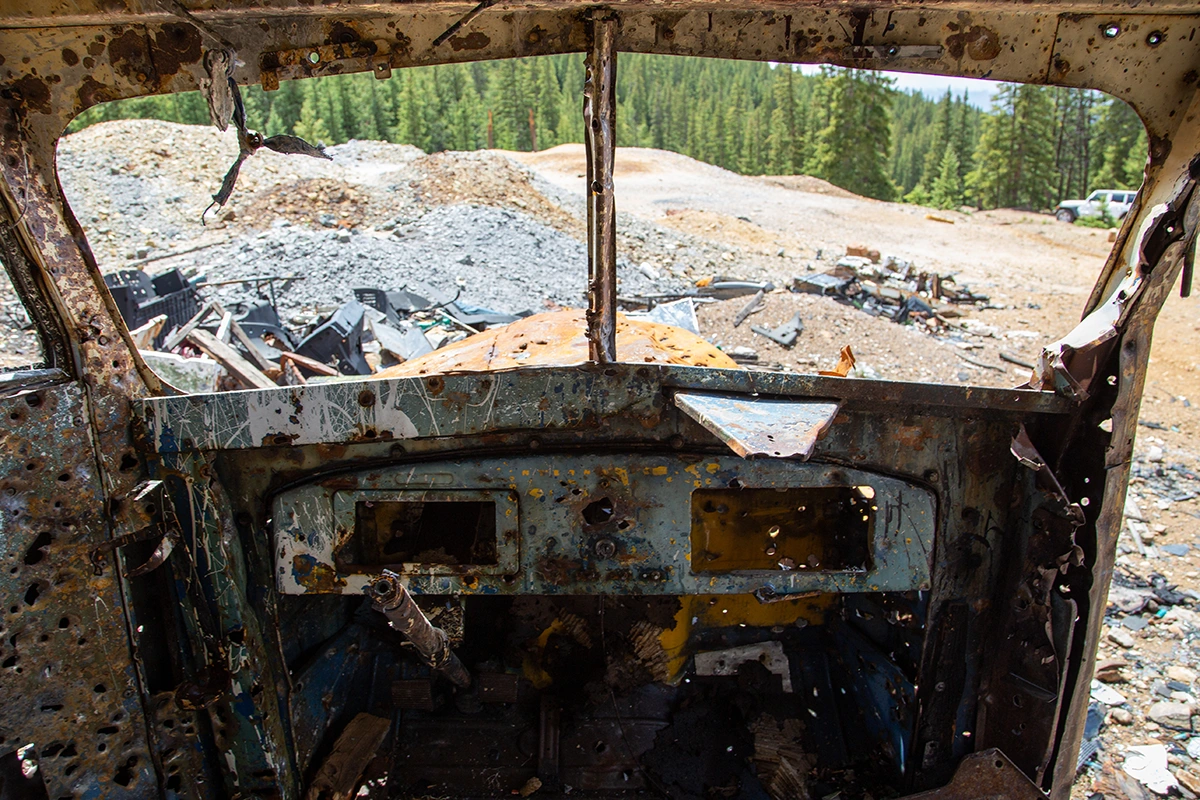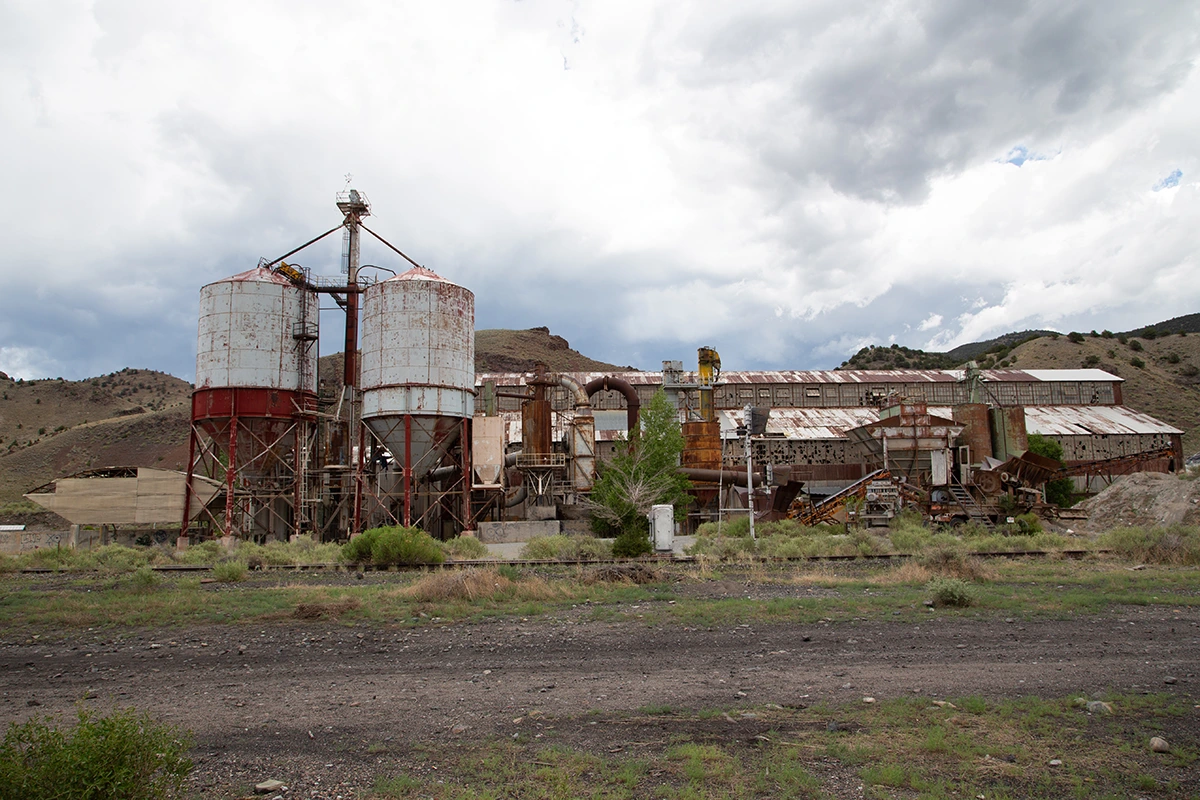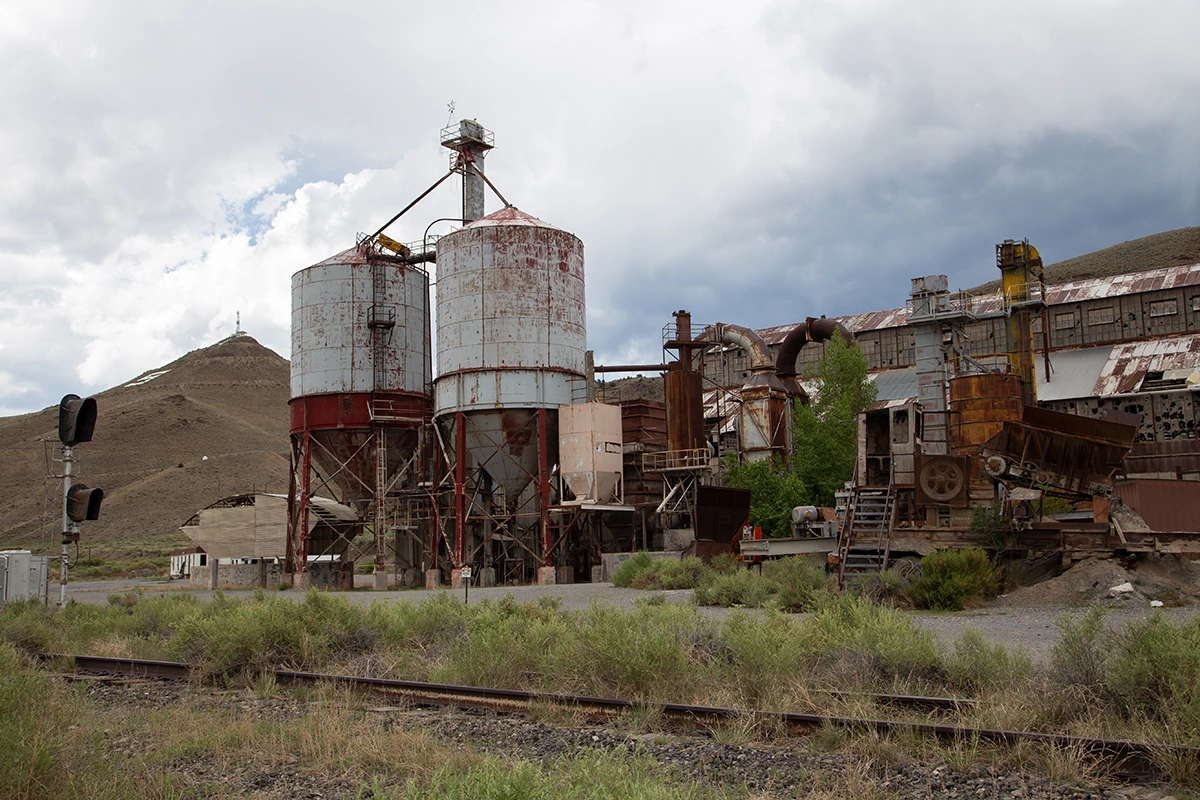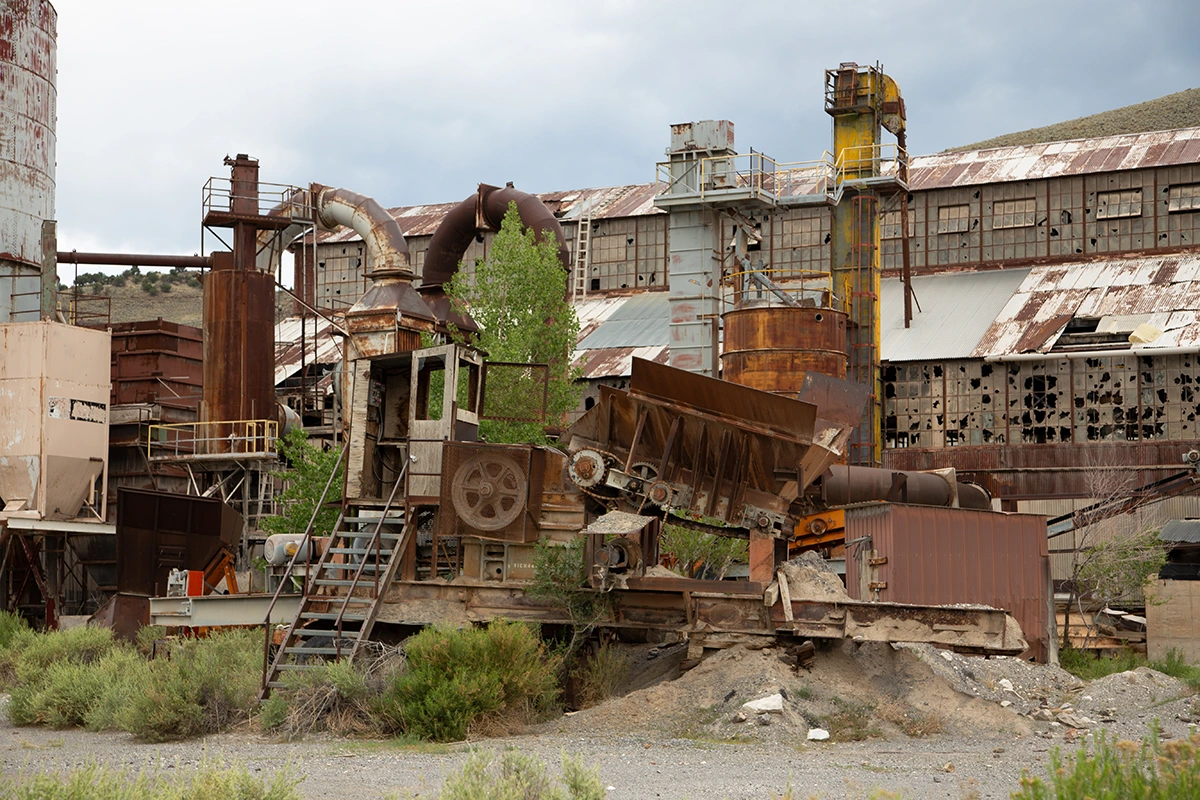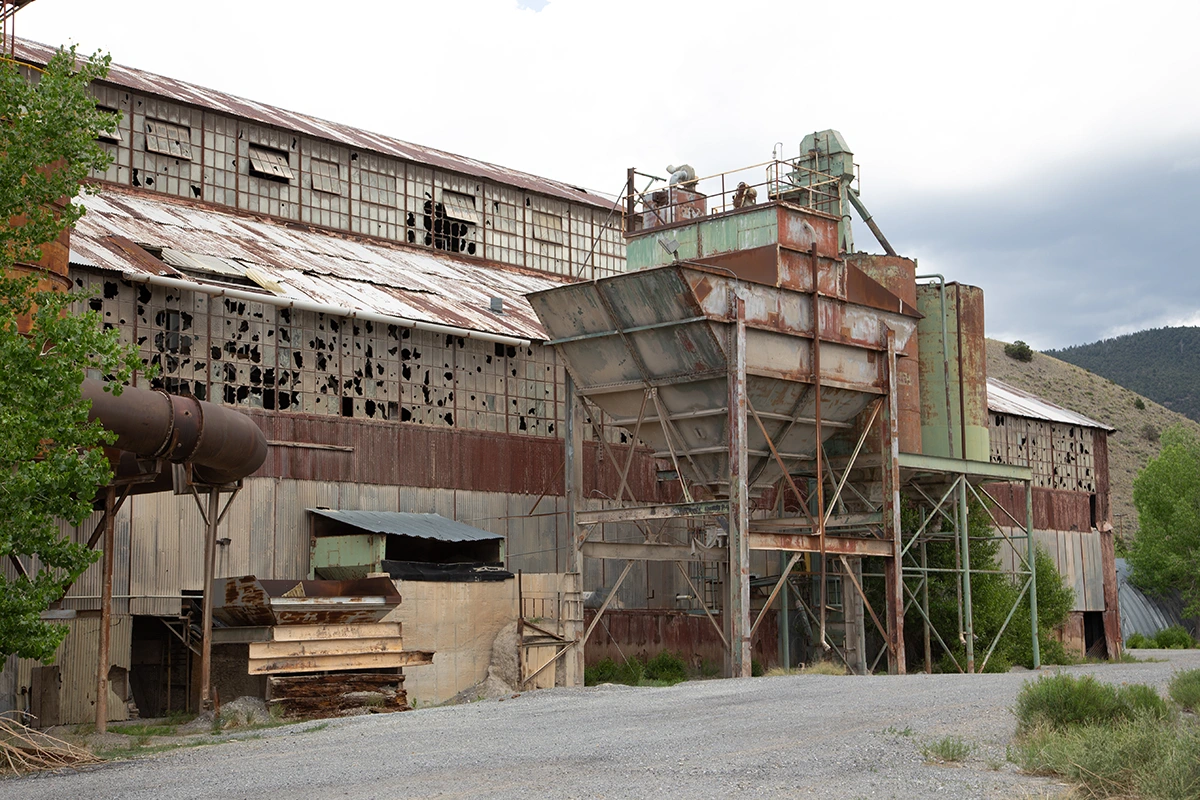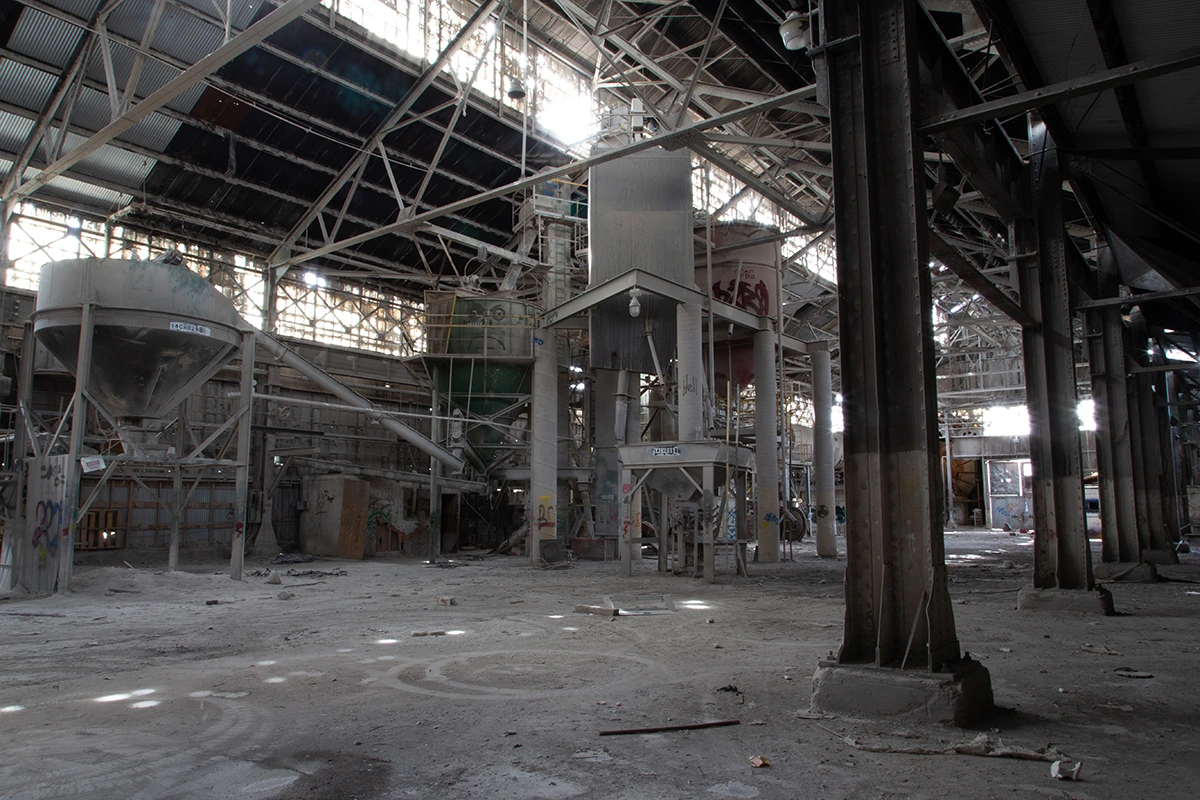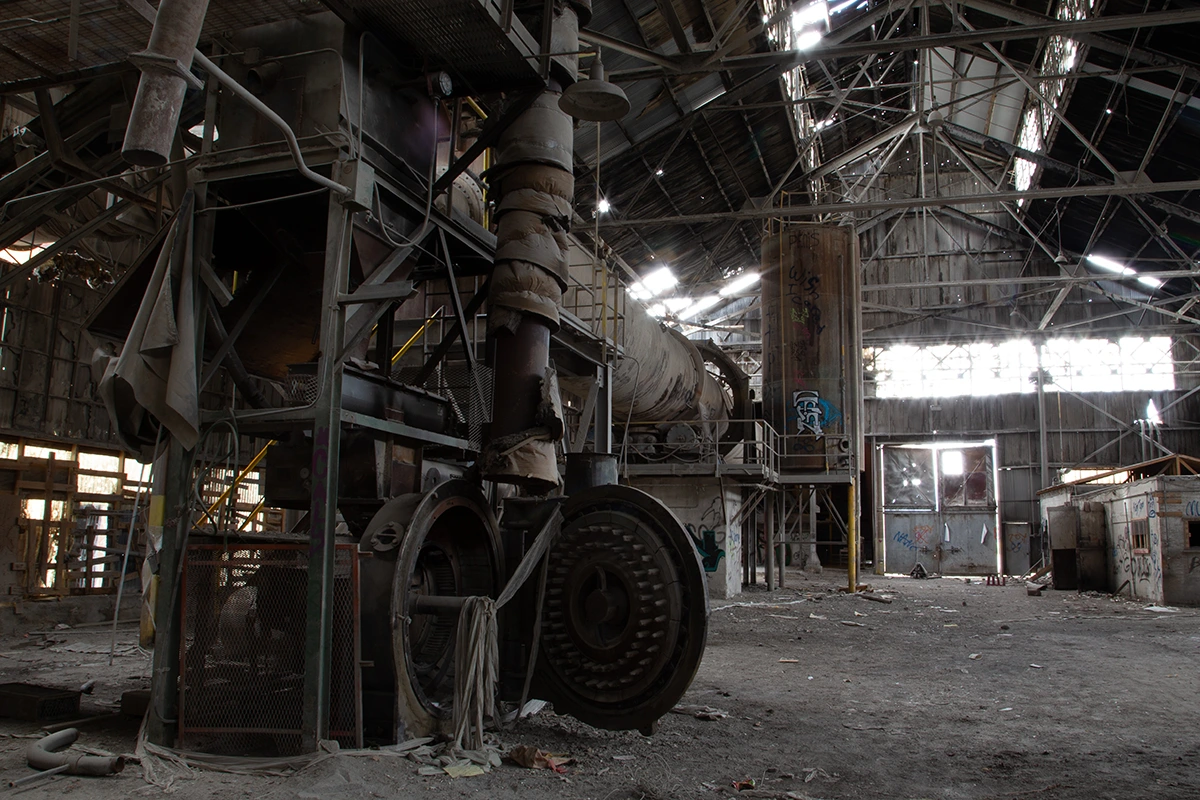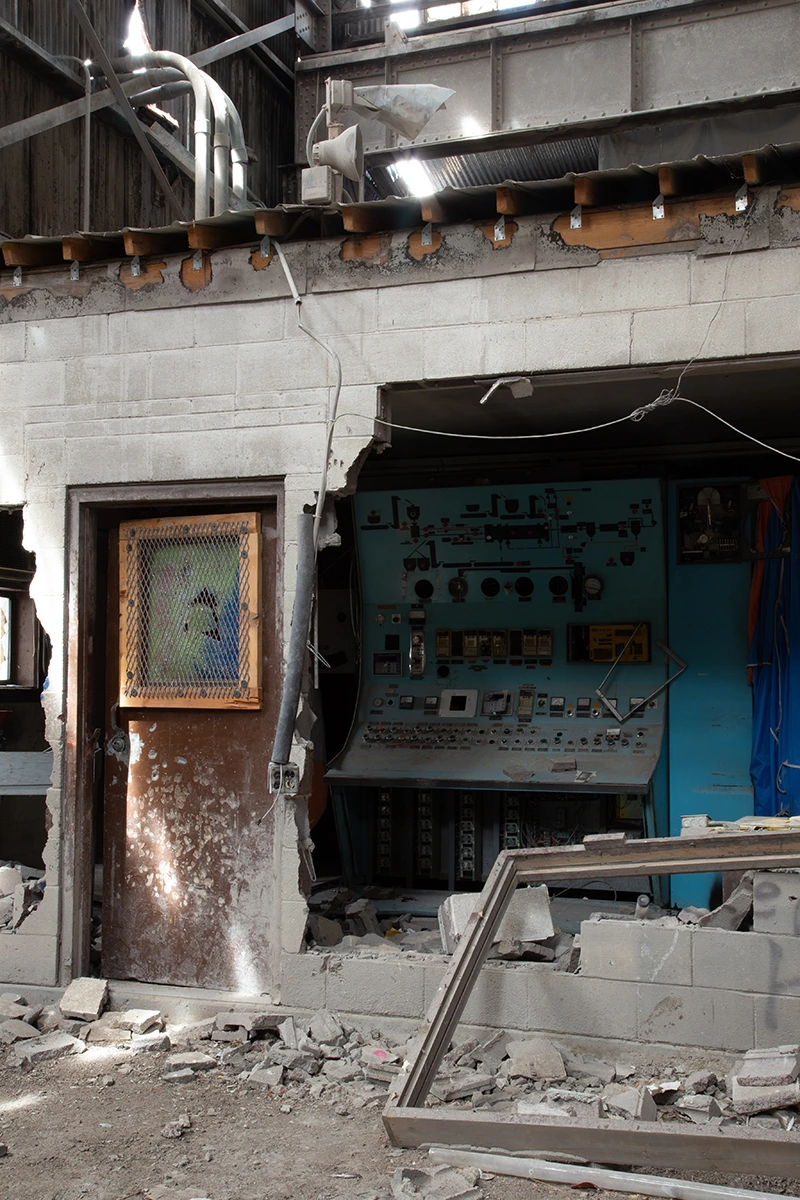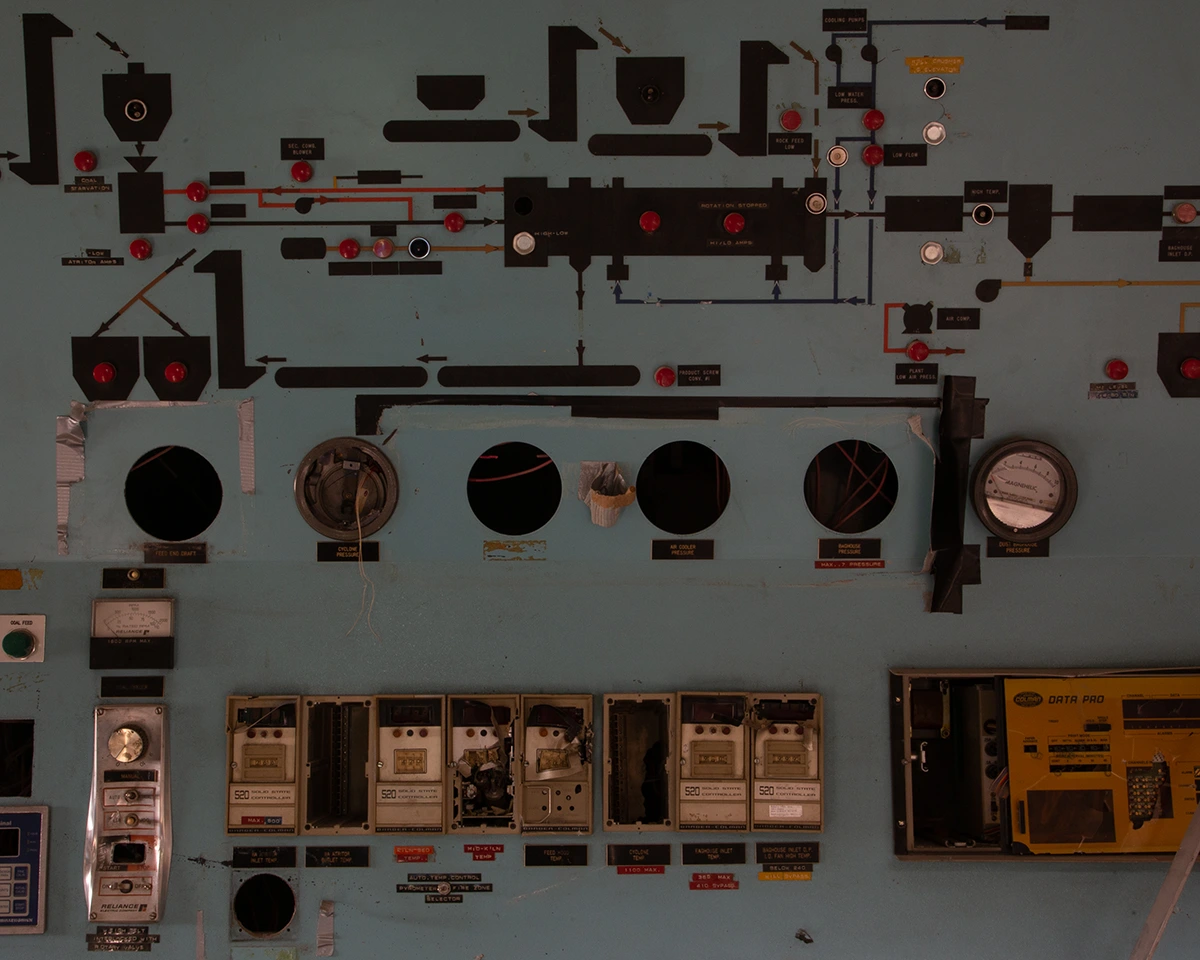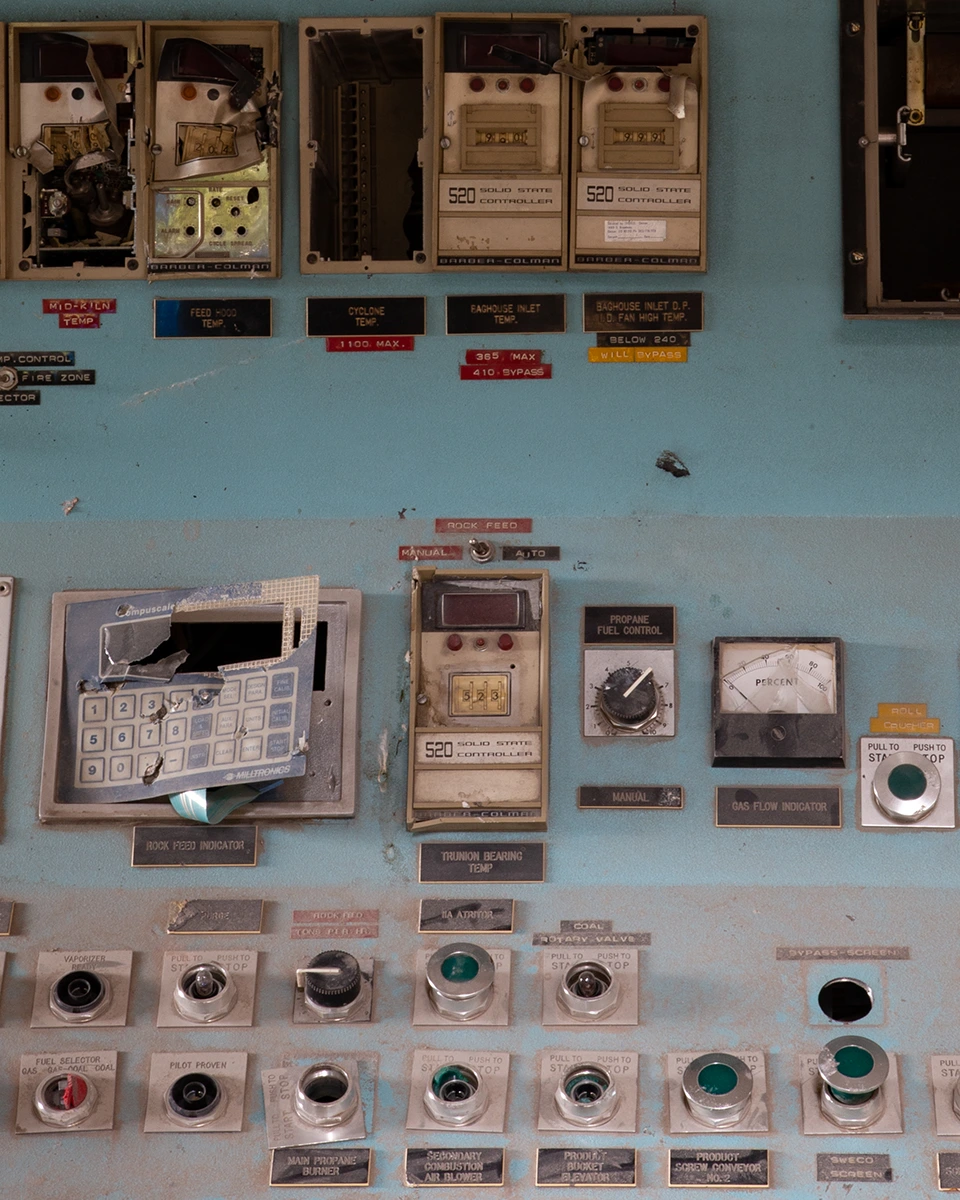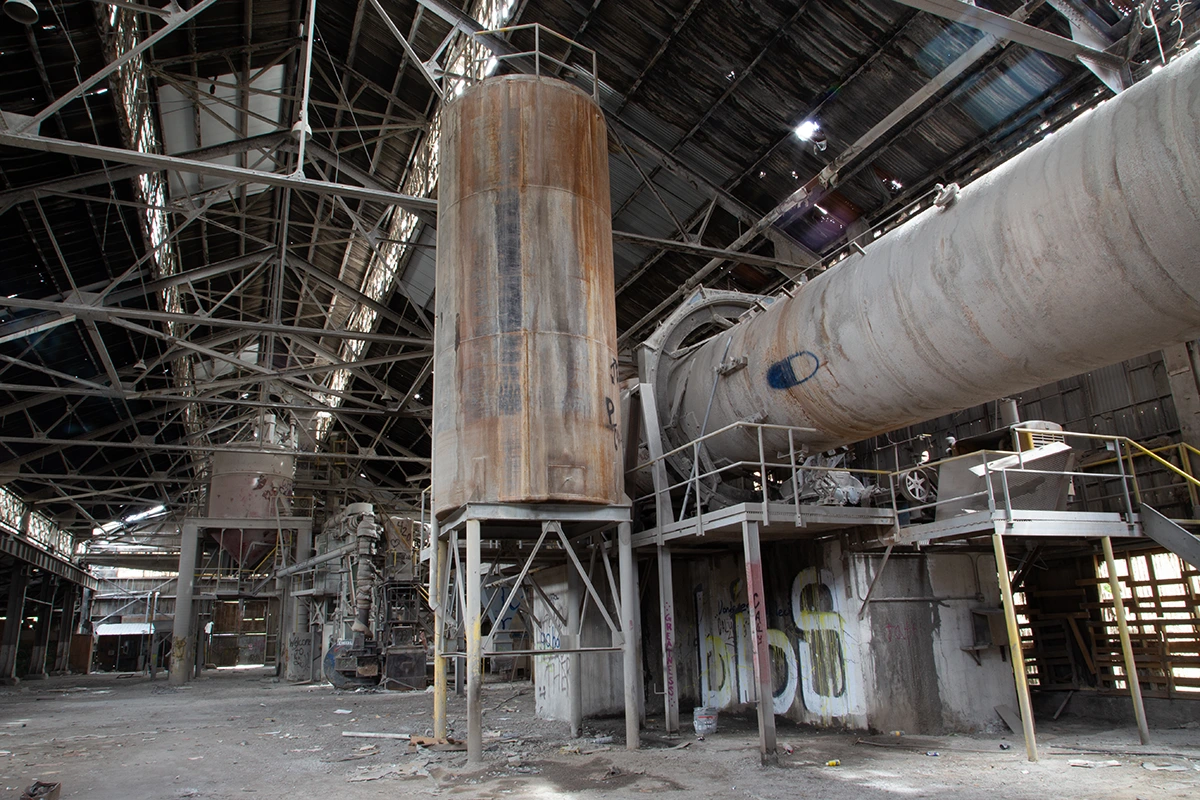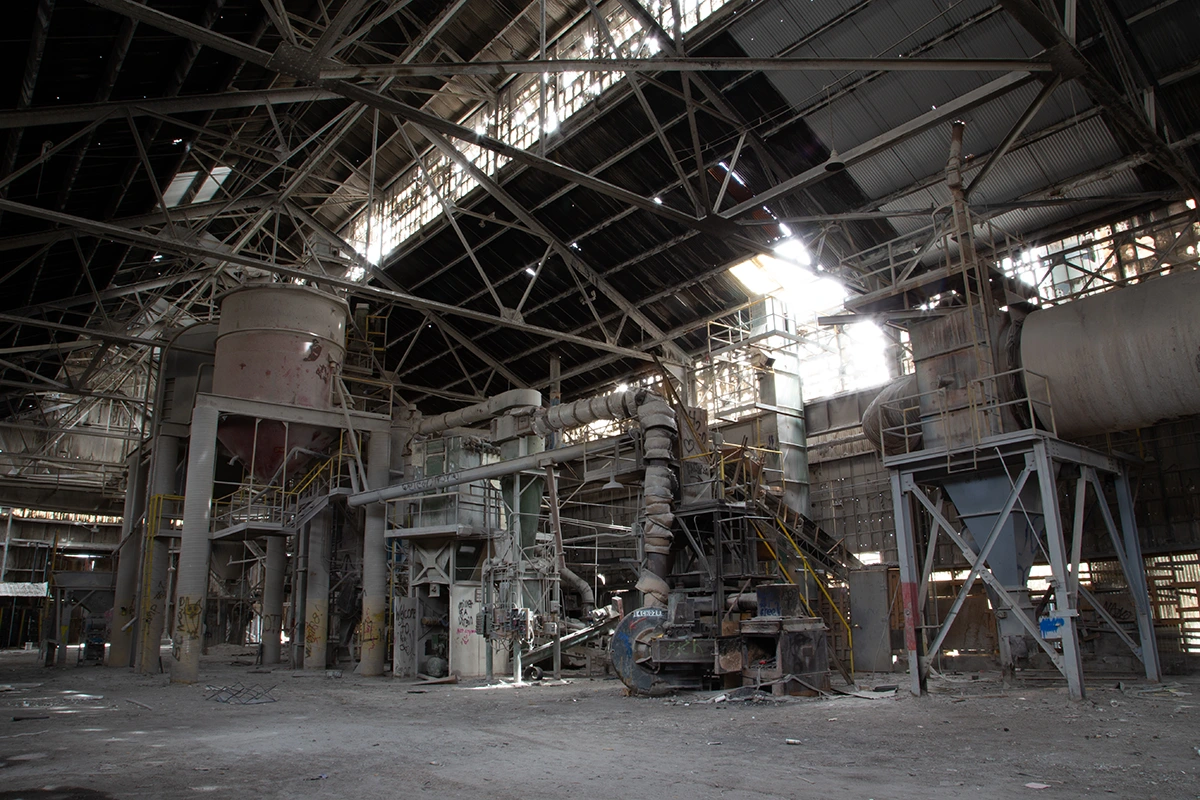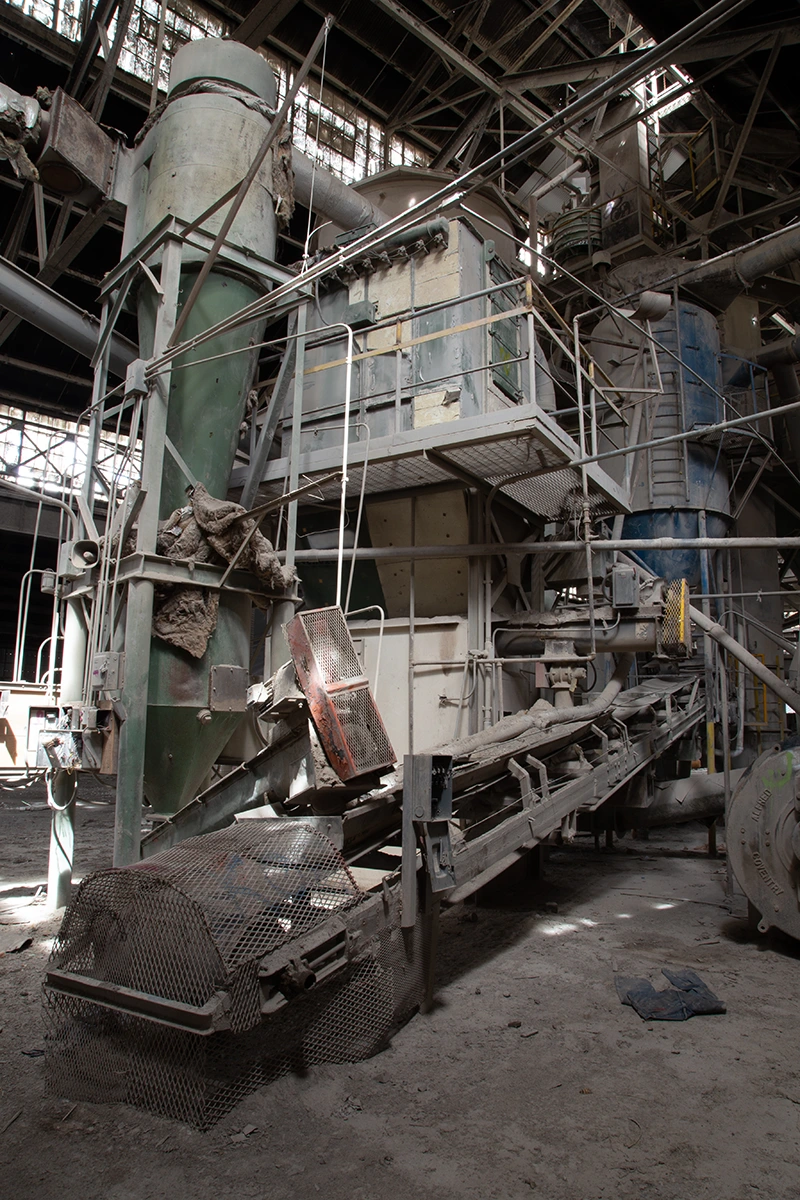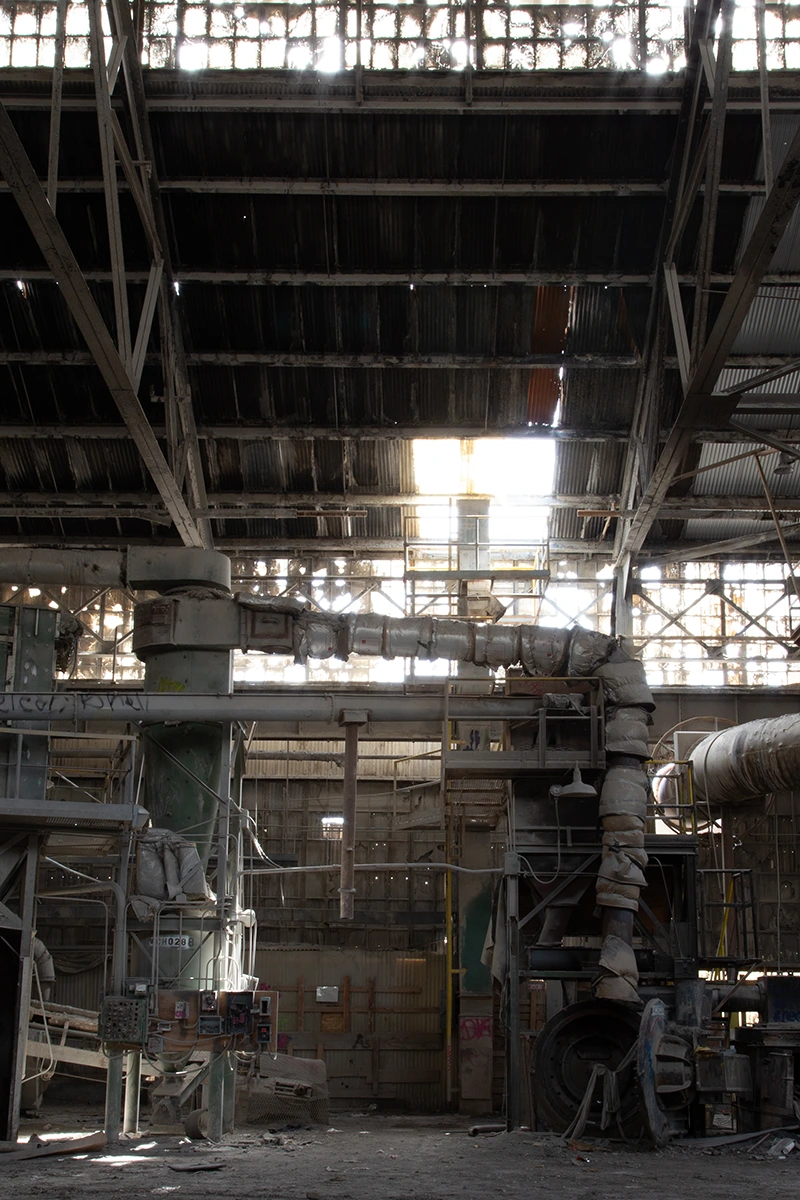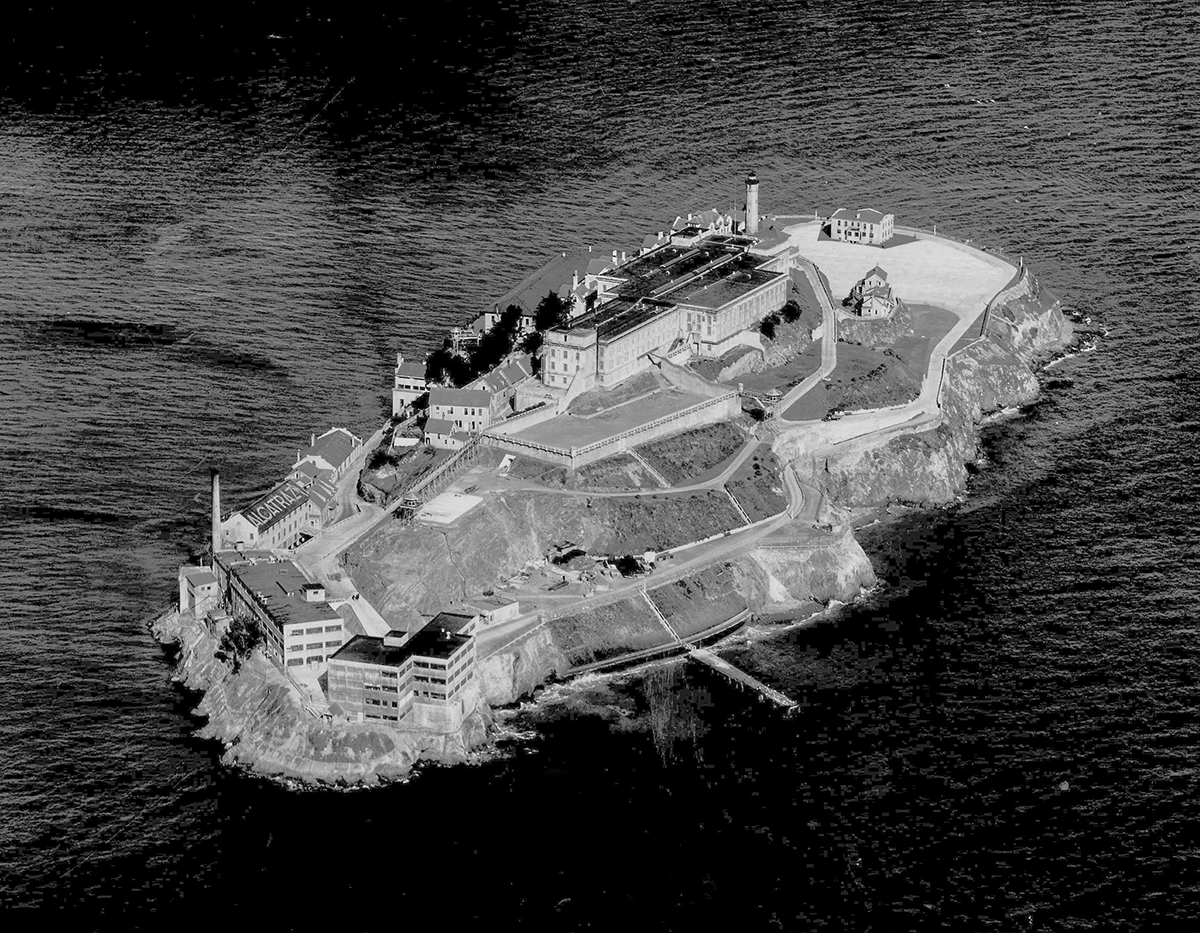Sunday, July 31, 2022
--Check out my video from this trip here.--
Leadville is a mountain town in central Colorado which was inhabited as early as the 16th century by the Ute Nation people. To the north of the Gunnison River the Ute Nation was mostly comprised of the Parianuche or "elk people". During the warm season, the Parianuche lived along the headwaters of the renowned Arkansas River in the area that later came to be known as Leadville. After spending the warm season along the headwaters, they moved to lower elevations in the winter. This was more or less the routine for some 300+ years before their home was invaded by people desperate to strike it rich by blasting tunnels and digging holes through the earth.
On April 26, 1860, placer gold was discovered in California Gulch one mile east of present-day town. By the end of the year, 10,000 people were living here and $2M in gold had been extracted. The good times didn't last long, however, when in 6 short years, the gold ran out and with it followed most of the town's inhabitants. It was around this time (1868) that the last of the indigenous Ute people were pushed out of the headwaters area for good as their new neighbors schemed up new "treaties" by which to take more of their land in hopes of striking it rich.
Leadville was practically a ghost town by the 1870's when some of the remaining prospectors discovered that the material which had been clogging their sluice boxes all this time actually contained about 15 ounces of silver per ton. These prospectors tried to keep the discovery a secret but that didn't last long and a decade later, Leadville had grown to become the second largest city in Colorado. It wasn't until ~1878 that Leadville even had an official name and by 1880, the town had "gas lighting, water mains, 28 miles of streets, 5 churches, 3 hospitals, six banks and a large school". Mail was carried from the post office here to Denver and the round trip took about one week. Leadville had several newspapers by the end of the 1870's and The Chronicle newspaper was the first in America to employ a full-time female reporter. William Nye, not the science guy, opened the first saloon in 1877, followed shortly by many others. A sign reportedly hung in one of the saloons which read "Please don't shoot the pianist, he is doing his best."
In 1879, Interlaken Hotel and Resort was constructed on the edge of Twin Lakes just outside of town. Originally called Lakeside Resort, James V. Dexter bought the property and expanded it to create one of the finest such establishments in the country. The resort included a pool hall, Dexter's cabin, a 16-horse stable, dance pavillion and a state-of-the-art octagonal outhouse. The prosperity didn't last long, however, and after a few modifications which were made in subsequent years to the lake and dam, the road to Interlaken was submerged and the only way to access the resort was now by boating across the lake or taking a ~5 mile trail. The site was eventually abandoned until the 1970's when the buildings were stabilized and preserved. Today you can visit the site and even go inside the amazing Dexter's Cabin. When I had the fortune to visit Interlaken, we took a kayak across the lake and it was a surprisingly rough trip battling waves and cold wind.
As with the previous post, this trip occured a little over a week after having surgery to put my collarbone back together so I had no business doing half of this stuff, but I'm, professionally speaking, "a dumbass". This situation meant my arm was useless and strapped across my body in a sling so I was working the camera while stumbling around left-handed and one-armed*, **. *Further difficulties on this part of the trip include the fact that I had been couch-ridden at sea level for the prior 3 weeks with a serious injury then suddenly hobbling up and down mountains at over 10,000 feet in elevation. This is the kind of experience that will make even the least introspective among us question our recent decisions. **To make things worse, it was storming pretty hard most of the time I was out here which resulted in some of the roads being flooded and the wet and uneven lanscape was not the easiest thing to hike across. In trying to get around some of the water by vehicle, I discovered that many of the roads out here aren't roads so much as they are creek beds or rock garden boulder scrambles. Google maps sent me down some routes that I wasn't sure I'd make it through with an intact vehicle. I spent at least 50% of my time out here bouncing and slamming around on the rocks in a rented vehicle driving through routes that aren't actually roads except in google maps' active imagination. County Road 1a, for example is a goddamn creek bed. But if you drive along this particular creek bed, as I was able to confirm, you do end up on top of a large pile of rocks with a commanding view of the area and I'll give google credit: that's where I was navigating us to. But there was a much easier route on an actually paved road I could have taken instead and which is the route I originally chose. But I made it back without re-breaking any bones or flipping the rented Jeep off a mountain, so that's what's important. Colorado has shown to me once again that while it is truly awesome it remains surprisingly exhausting and treacherous to explore.
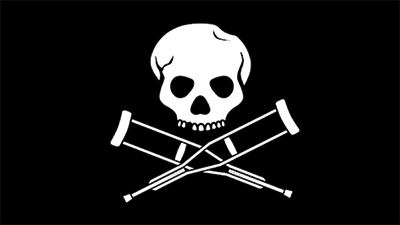
Disclaimer: I had the opportunity to visit this site recently so I didn't pass it up despite the fact that I recently broke my collarbone and was only about a week and a half post-surgery with my right arm in a sling and completely useless. So this is the work of a one-armed crippled idiot.
Leadville Colorado Unnamed Mine #1
The first mine here is about 100 years newer than the rest of its neighbors but its relative youth was no advantage as it shut down after less than 10 years in operation.

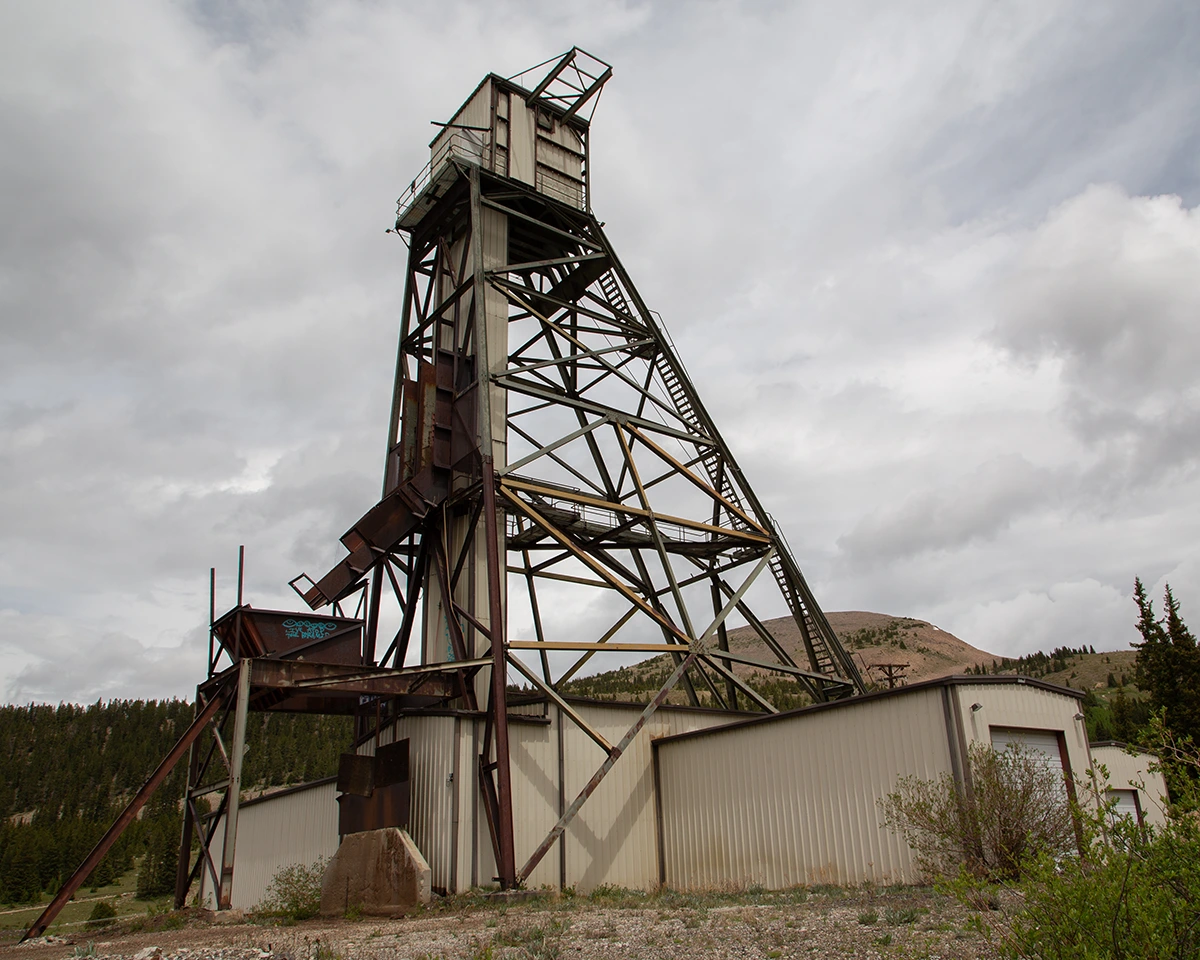
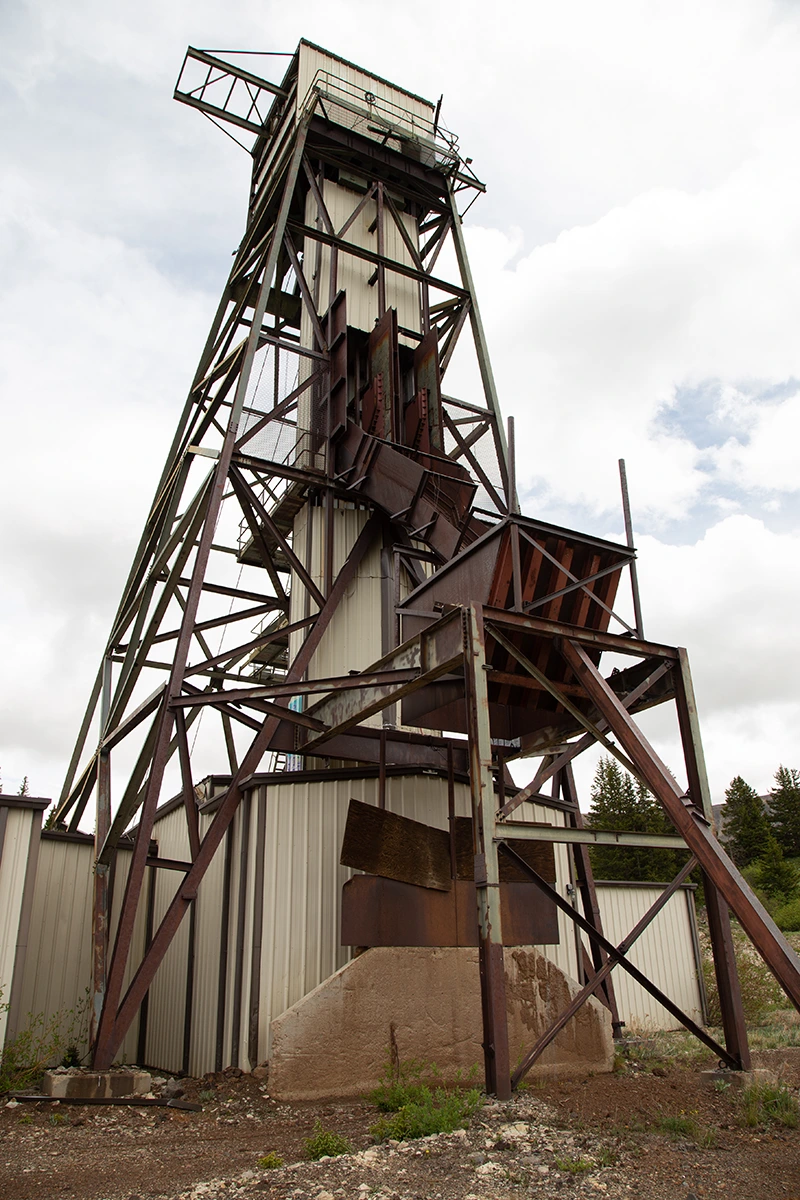

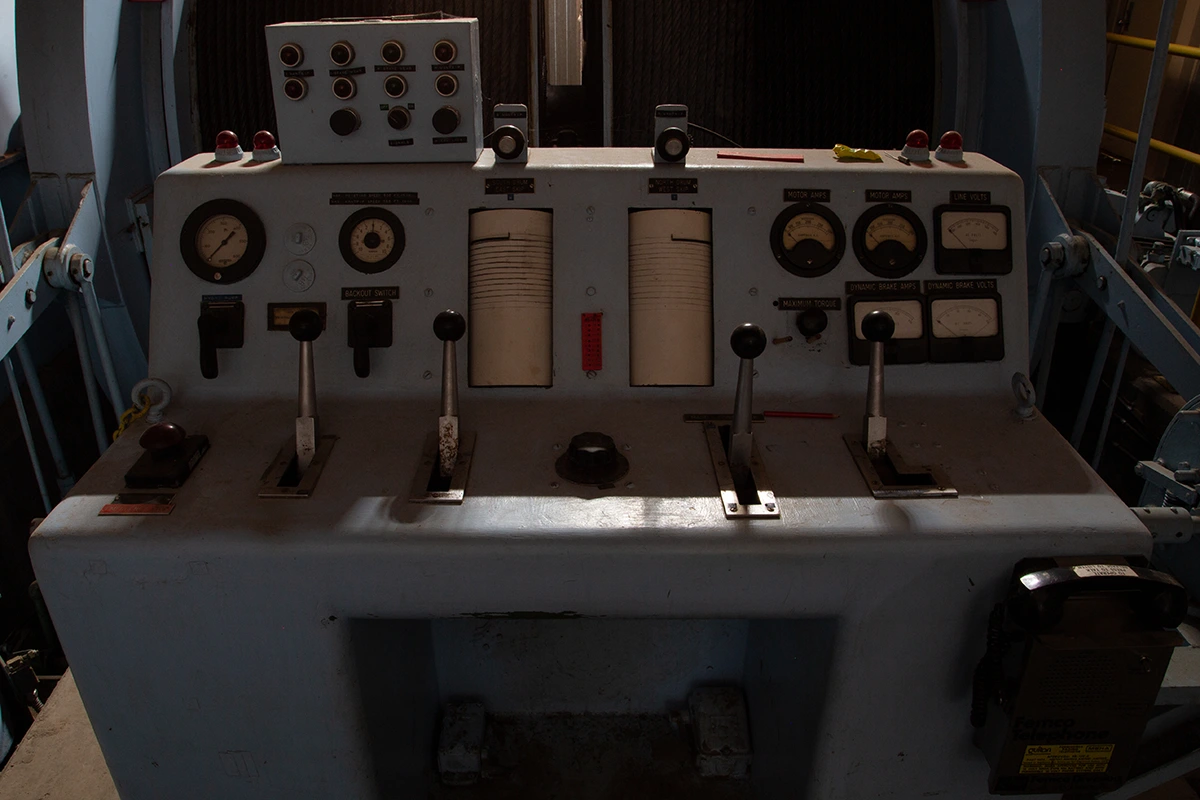
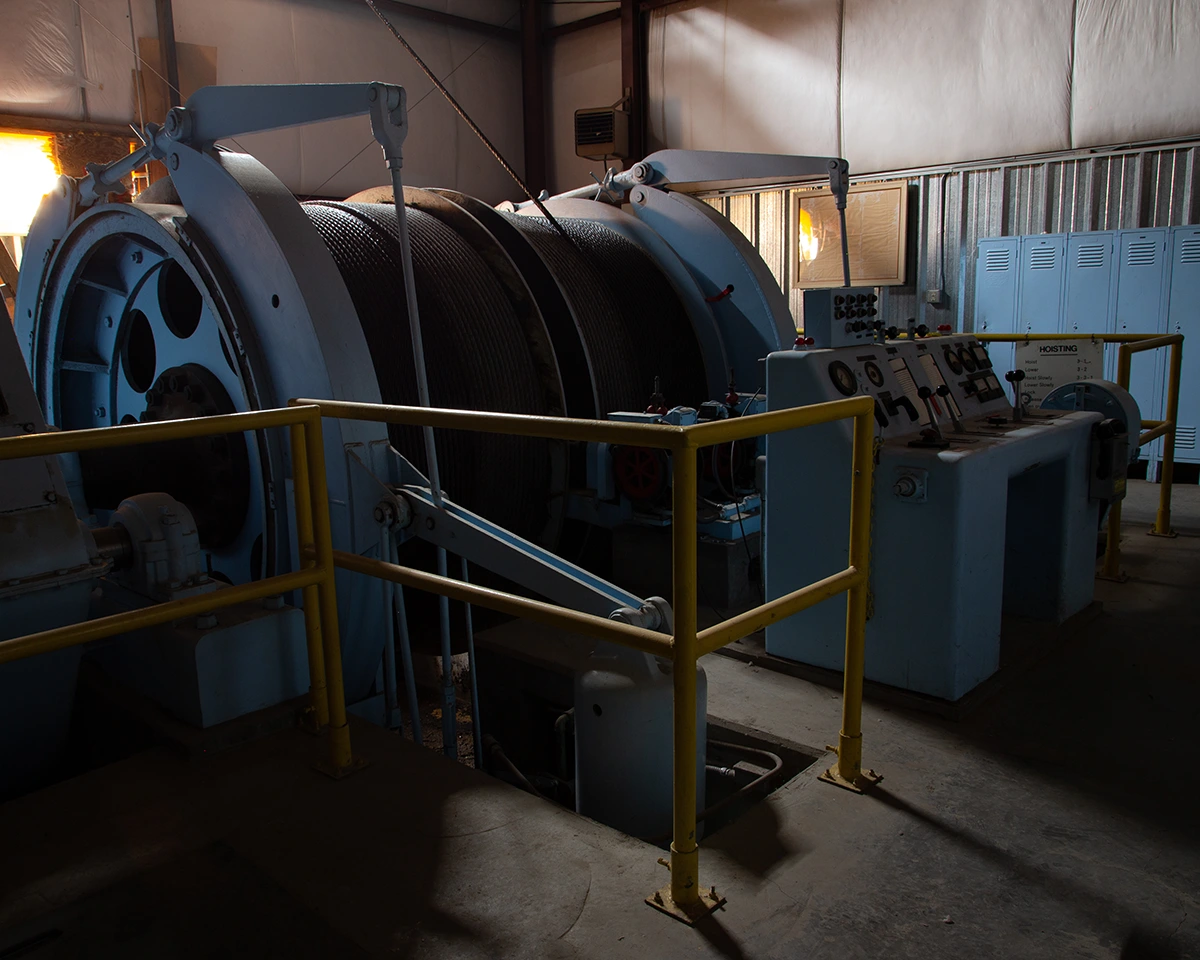
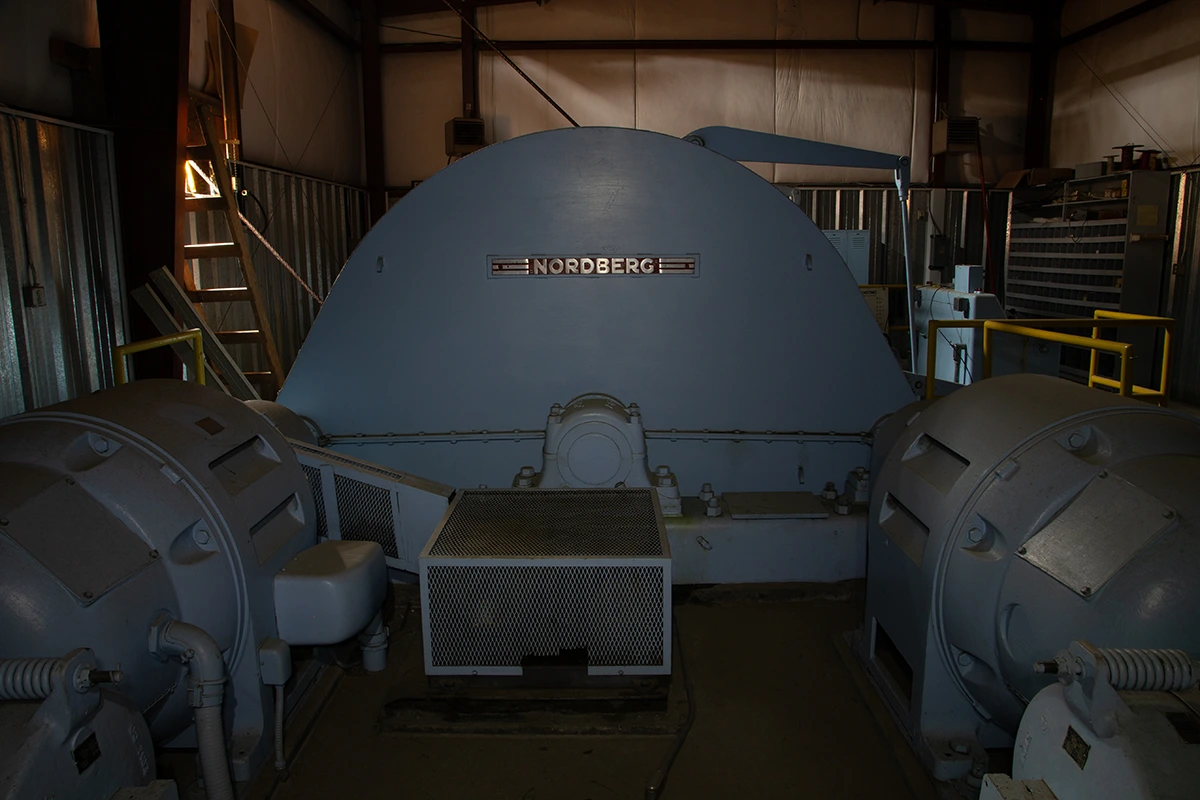
Saint Louis Mine - Leadville Colorado
While exploring the Leadville mining district just east of downtown Leadville, I encountered a Leyner pump sitting among the ruins just outside of the St. Louis Tunnel. The Saint Louis mine located here was involved in an interesting claim dispute with the overlapping Miner Boy mine and before it was over, the surface structures of both mines had been thoroughly burned to the ground. Leyner, the name on the pump sitting outside the mine, was a name practically synonymous with early mining history; It was said of J. George Leyner that "no man has done as much in the past generation to advance the art of removing rock." Among many other notable works, Leyner designed the "water-flushed drill". The new Leyner drill revolutionized mining and saved countless lives at a time when tens of thousands of miners died annually from the effects of Silicosis which was a terrible disease caused by excessive inhallation of rock dust. Shortly after the Leyner drill was introduced, many states banned the former method of "dry" mining. Another interesting St. Louis connection here is that the J. George Leyner Engineering Works won the grand prize at the 1904 World's Fair in Saint Louis and this was a catalyst which helped propel the company forward tremendously, at which time they began a series of expansions. In 1912, Leyner sold various distribution and patent rights on his rock drills and compressors to Ingersol-Rand Company, with whom his own company would go on to have a long partnership. Leyner eventually turned his attention to the agricultural industry where he saw room for improvement. He thus created the most excellent and awesomely named "Linapede" tractor, whose name was a result of the fact that it drove on tracks rather than wheels. One feature which made it particularly unique is the fact that the front and rear track's axles could both be rotated to allow the vehicle to make sharp turns-so sharp, in fact, that it could turn in a circle whose radius is less than the length of the tractor. I'm not sure how popular these tractors were, however, and I am unable to locate any examples of these machines which still exist. Having learned the history of Leyner, I personally found it very fucking cool to have located what appears to be an extant, original, Leyner water-flushed drill compressor house with a boiler and other related debris sitting outside one of the mines that it helped carve out over a century ago.
The Saint Louis Mine below, featuring the Leyner pump house and the St. Louis Tunnel (now collapsed).
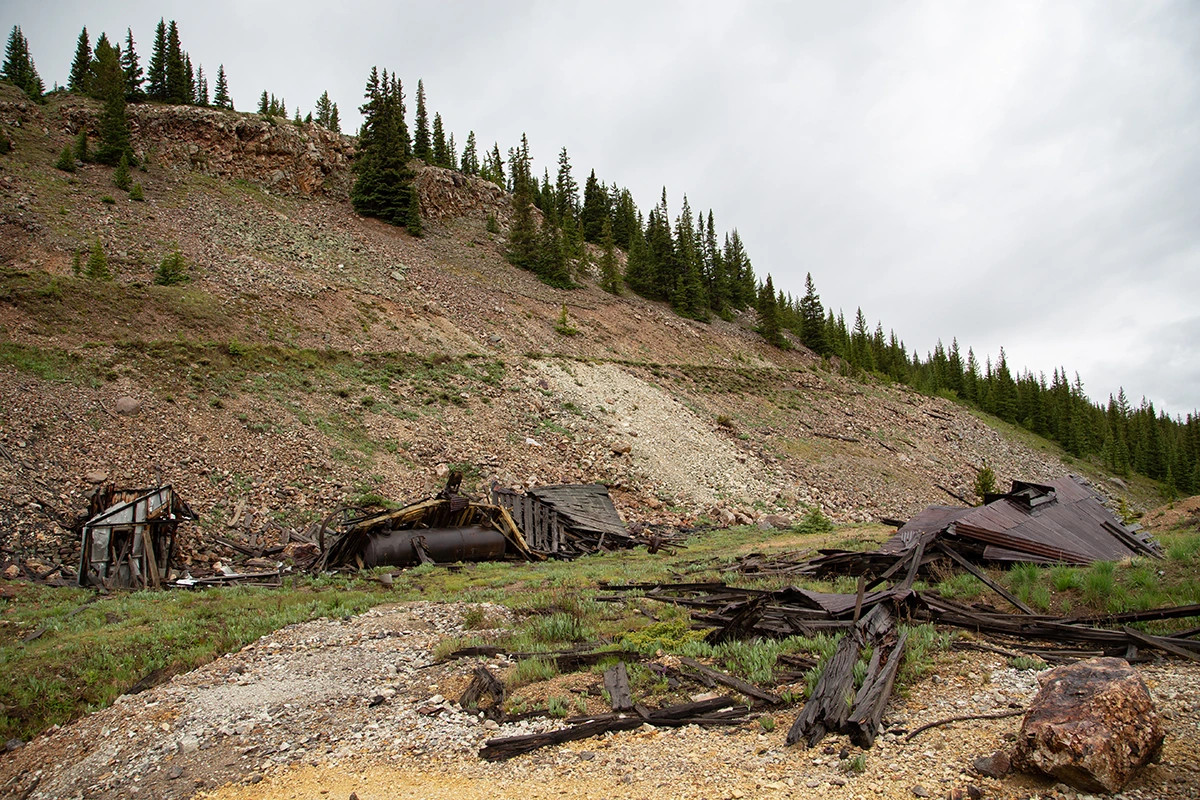
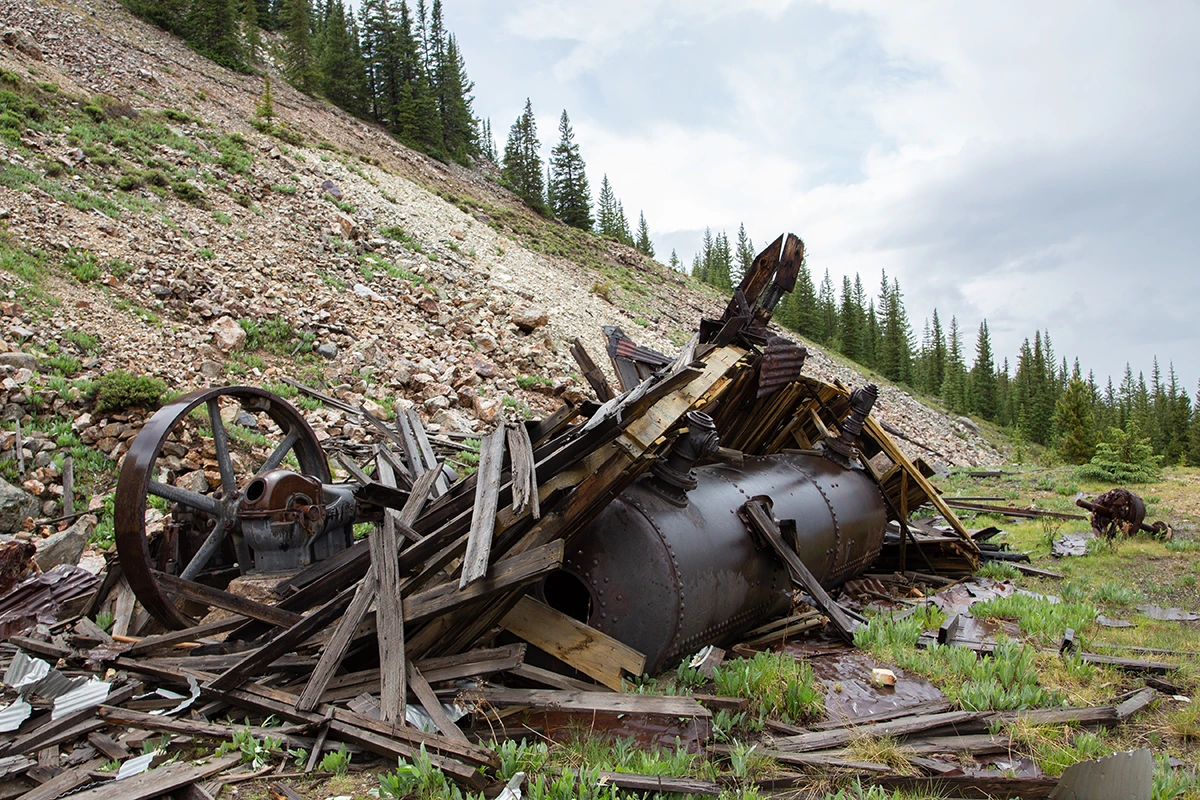
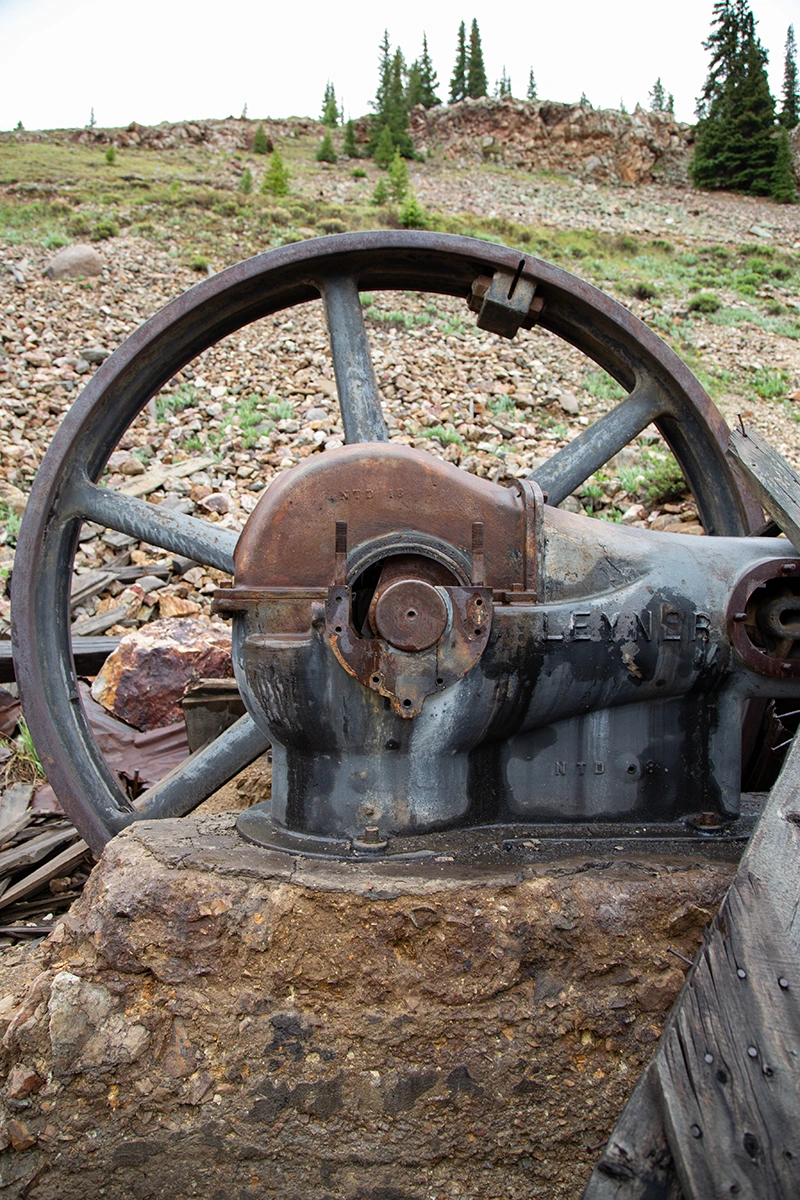
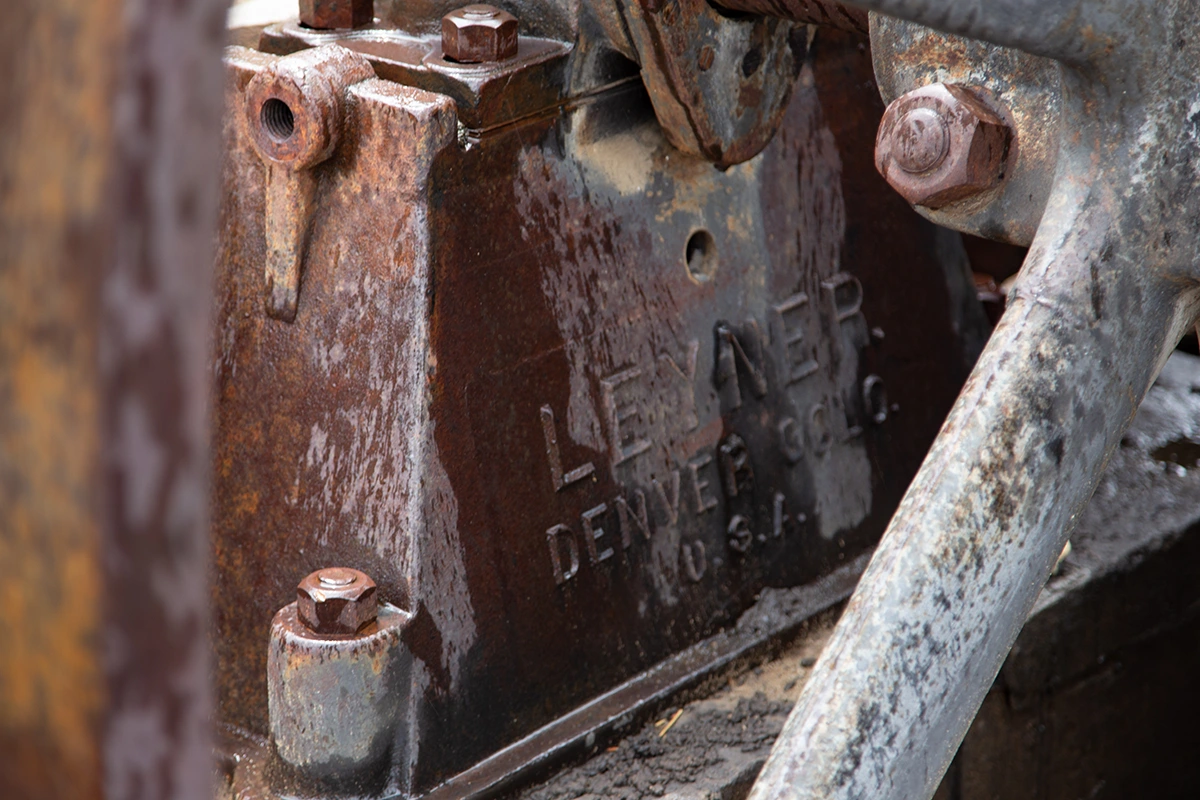
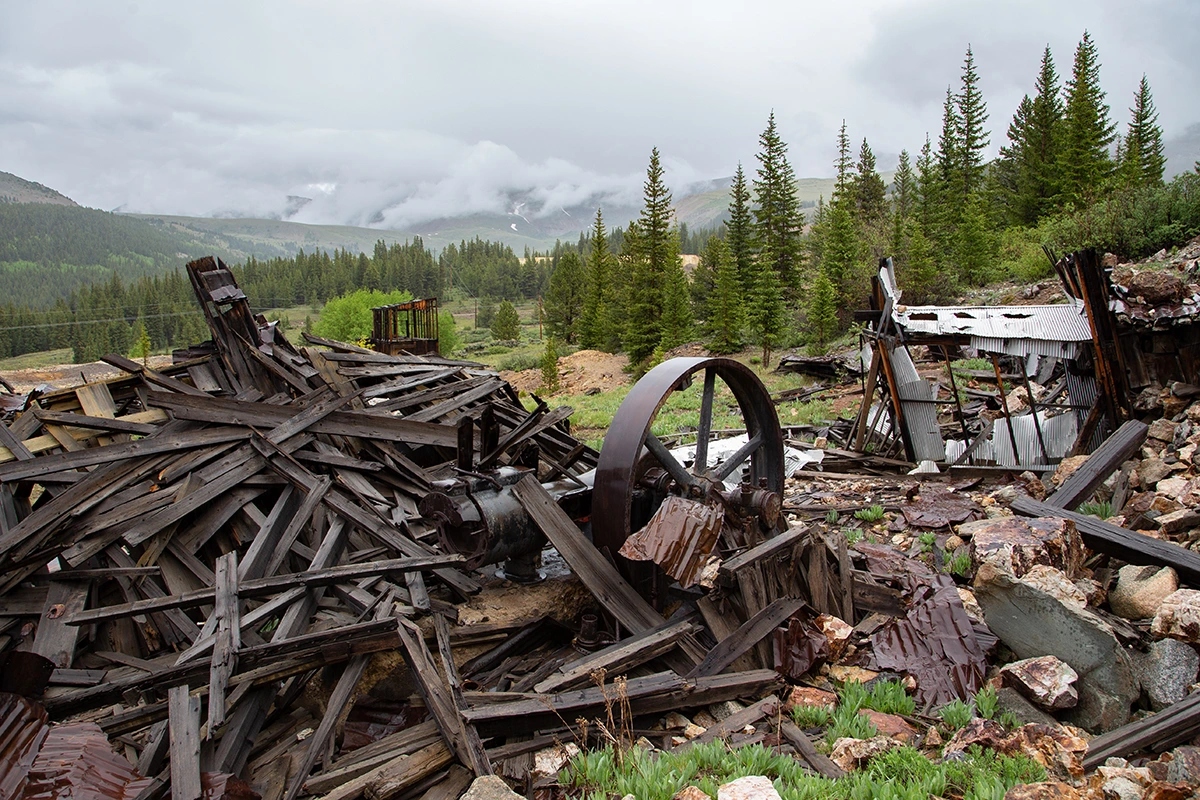
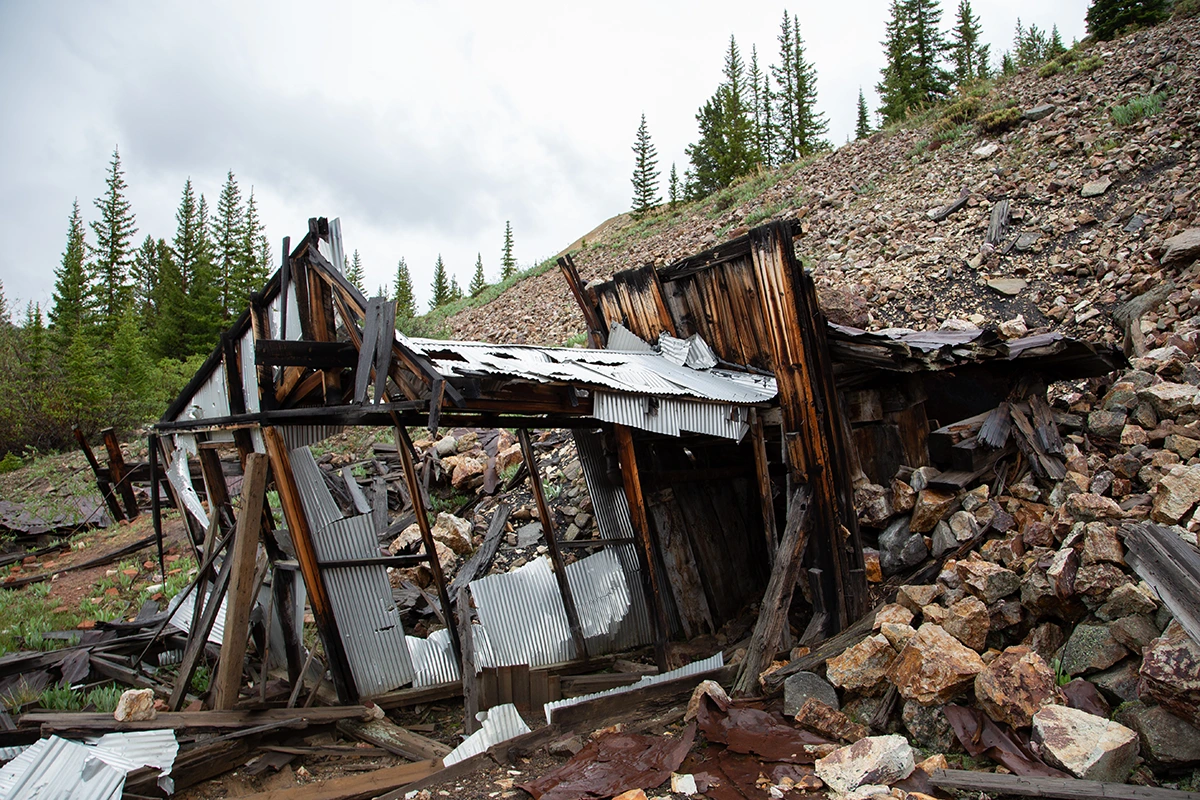
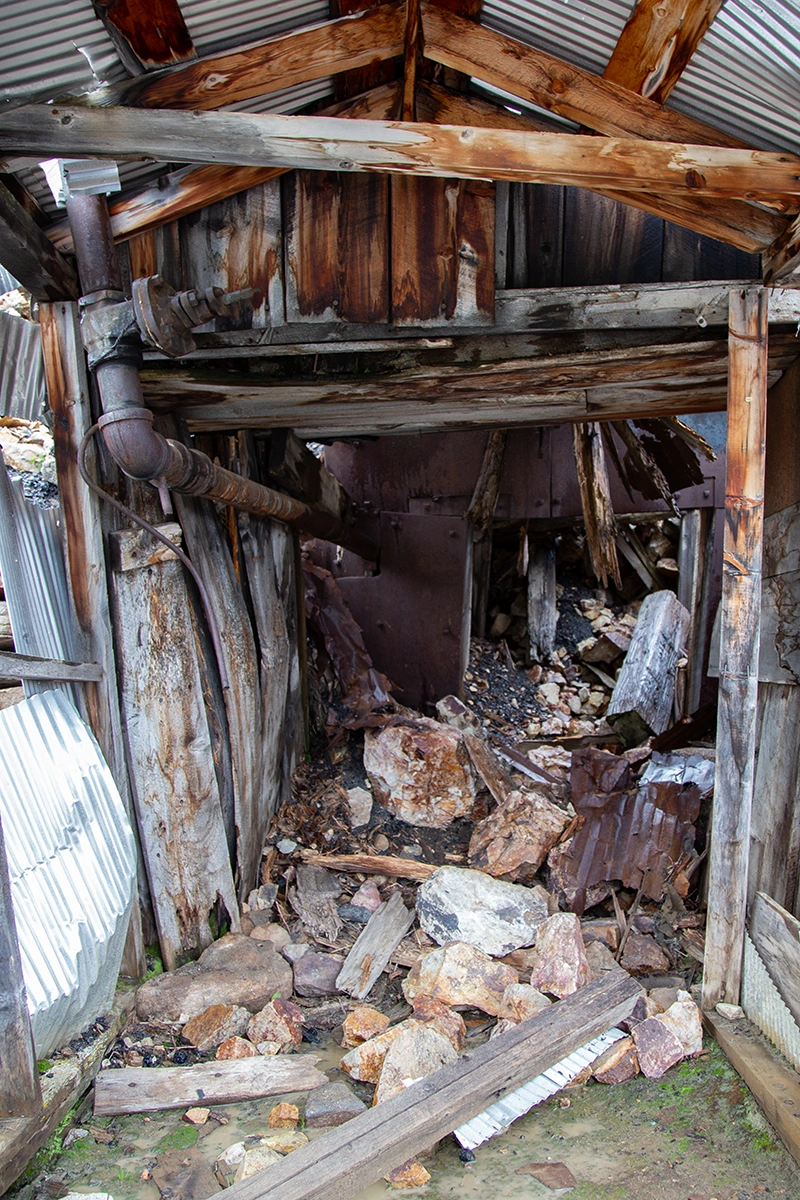
Stumptown
This area in particular, "Stumptown" was one I tried to reach but I couldn't get down to these buildings due to the road being flooded. I tried going the only other direction and wound up going up a very steep boulder climb only to get to the other side and find another section that was flooded too deep to risk.
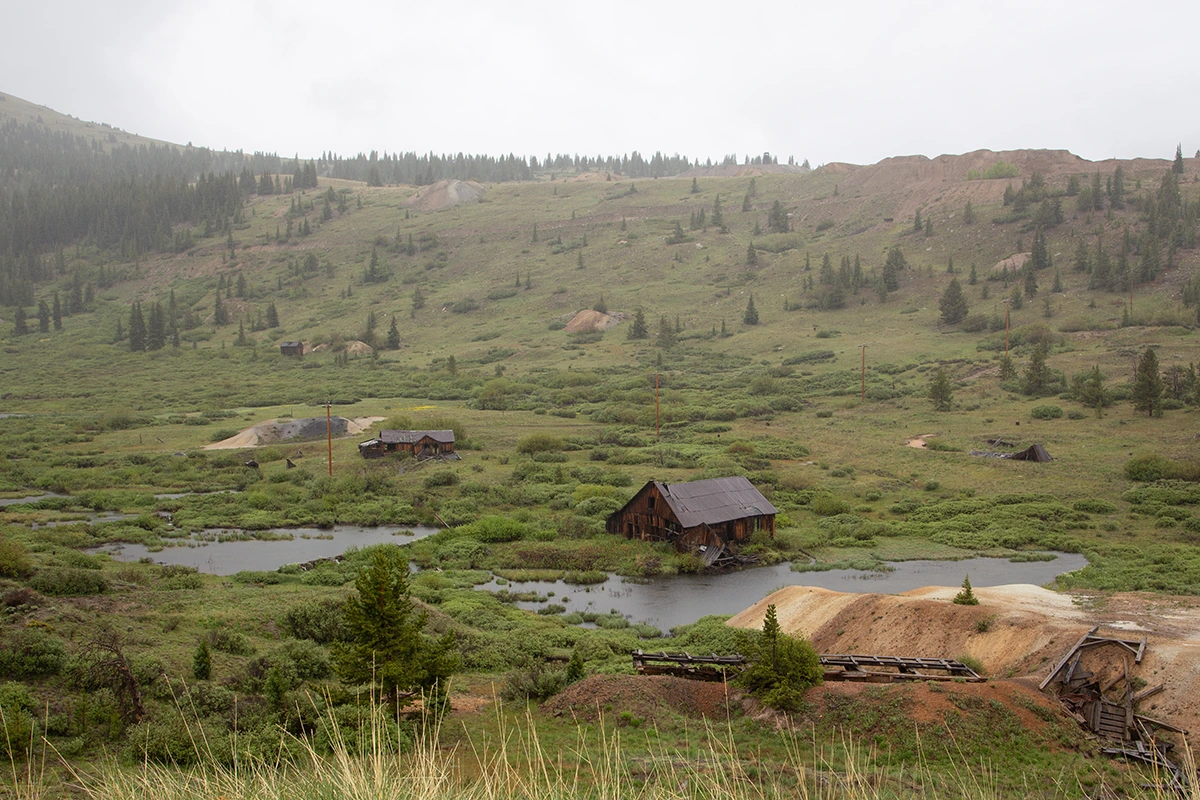
New Monarch Mine
This is the Ore Bin of the New Monarch Mine and is one of the more complete ruins out here.
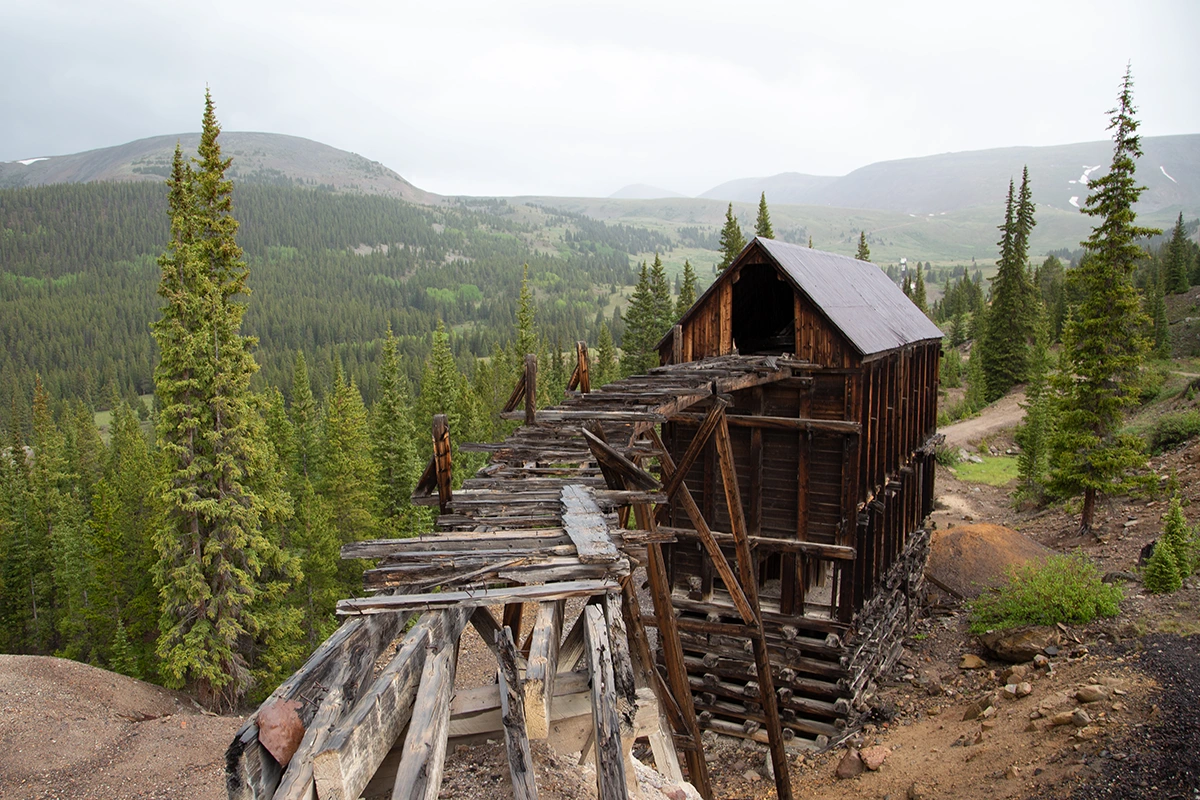
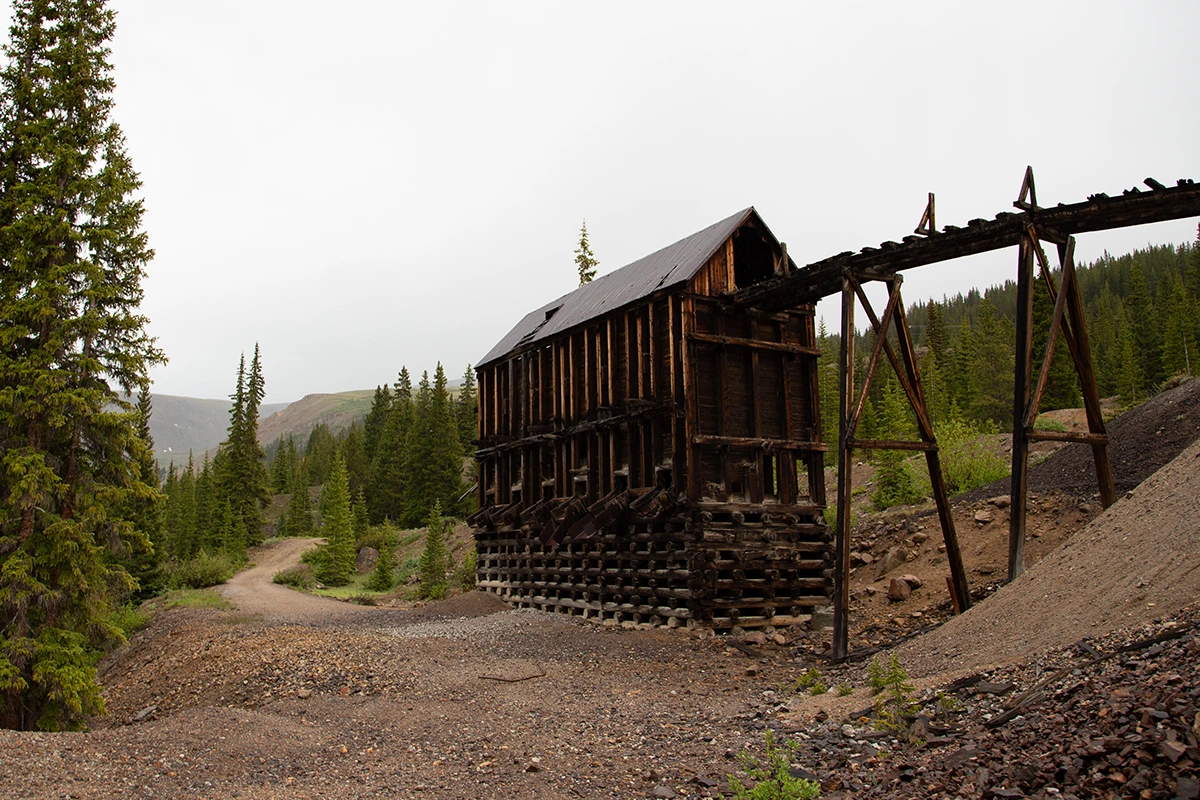
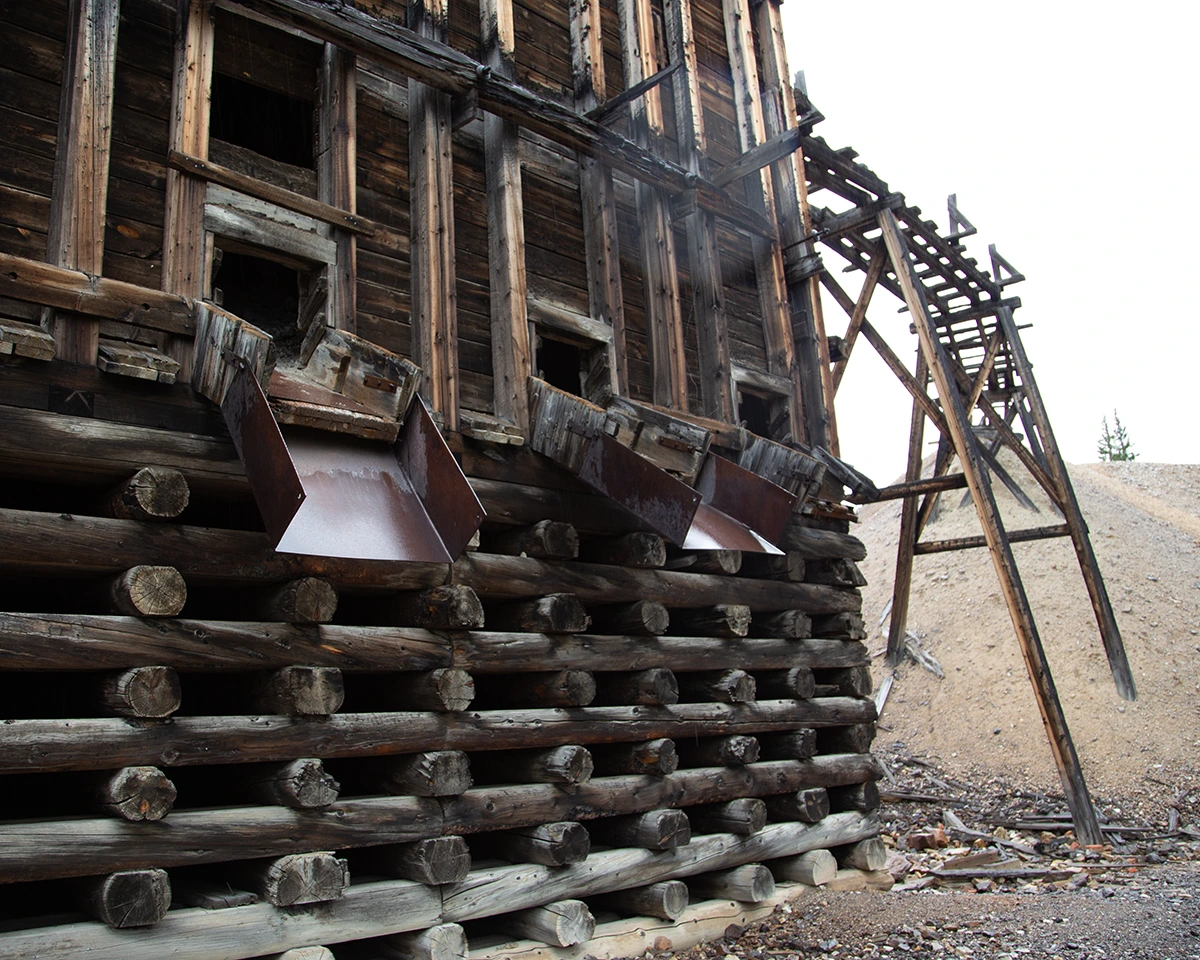
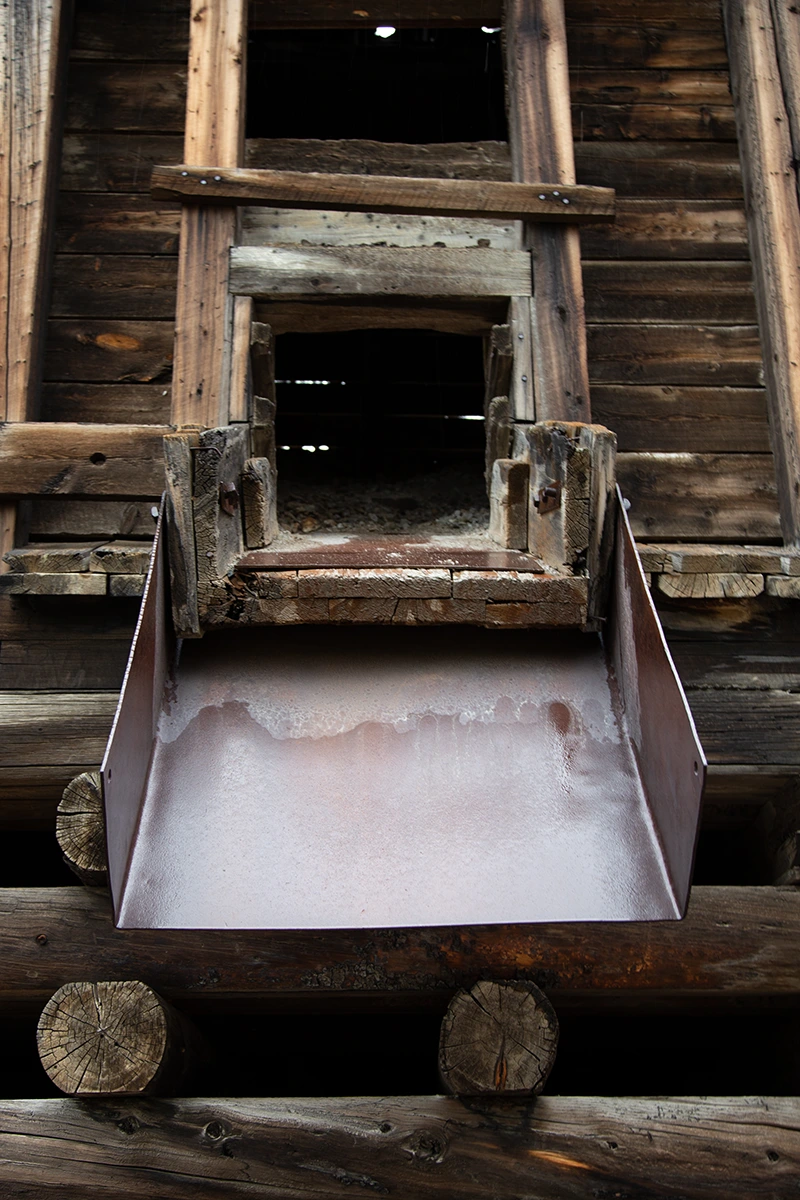
Emmett Mine
The Emmett mine, in the first 3 photos below, was the scene of one of the battles which resulted from the 1896-1897 Leadville Miner's Strike.
The Leadville miner's strike lasted 9 months from June 19, 1896 to March 9, 1897. Before it was over, the Western Federation of Miners would wage bloody war against the wealthy industrialists who controlled the mines. The union demands were reasonable and included fair pay, shorter hours and better working conditions. The mine owners were filthy rich industrialists who were well organized and didn't care what the miners wanted. They fought solely to protect their profitability.
This was a time of considerable changes to, and consolidation of, the mining industry. As mines became more industrialized, owners became increasingly separated from actual mining activites. The mine owners in turn became less sympathetic to the concerns of the miners themselves. By the time the smaller operations consolidated with large firms, mine owners tended to be wealthy bankers and businessmen who only cared about profit and who had never stepped foot in a mine.
One of the key events that lead up to the strike was the Panic of 1893, during which the price of silver dropped by 37.5%. The Sherman Silver Purchase Act had just passed and the details of the act inadvertently caused a run on gold, tanking the price of silver. Mining companies immediately reduced miner's wages to $2.50/day in order to conserve profit and naturally, they kept the wage decrease in effect long after the panic was over.
The unions advocated for basic things such as 8 hour work days. Denver had begun enacting 8 hour days back in 1890 but by 1896 it was still common for some Leadville mine employees to work 12 hour shifts. They also, understandably, asked for decent wages paid in legal tender instead of company credit. They also asked for health care for miners and for disarming of guards and friendly relationships with employees. Mine owners claimed that they hadn't made a dollar in two years. Curiously, however, 1895 marked the highest overall output over the past 6 years and, in reality, Leadville had become Colorado's largest mine camp, having produced 9.5 million ounces of silver. The mine owners openly antagonized the miners in a variety of ways. In 1894, a Leadville mine owner ordered the superintendent to "put off payday until say, the 10th or 15th' so that stockholders could be paid a dividend. Mine owner John F. Campion was even so bold and stupid as to be observed buying Italian marble and other luxuries while the strike was going on, at a time when the owners claimed they "hadn't made a dollar". In 1889, Leadville miners went to Denver to help pass a mine inspection bill that sought to improve worker conditions in the increasingly deep and dangerous mines. The bill passed, but nothing changed because the state failed to fund the program.
In May of 1896, a group of union representatives approached several mine managers to ask for their pay to be reinstated back to $3/day. The mine owners refused to even acknowledge the union. They tried again a month later and had about the same luck. Later that same day, Cloud City Miner's Union Local 33 held a meeting where it was decided that all workers still earning the old wage of $2.50/day will strike. At 11:30 that night, 968 miners walked out which forced a number of mines to shut down. The mine owners responded by locking out all the rest of the mines and turning off the dewatering pumps. Over 2,000 miners were now out of work and the entire mining district went silent while the mines slowly filled with water. Unbeknownst to the miners, the mine owners secretly agreed to form their own union insofar as they all agreed to act as one and to continue to not recognize the union.
Due to the fact that the natural progress of unchecked capitalism is corporations owning politicians and the police, it's only natural that the mine owners also effectively owned the police and most business and community leaders at this time. Furthermore, John Campion, the same guy who was busy dealing with the logistics of purchasing Italian marble during the strike, used some of the vast wealth the miners earned for him to hire detectives from a handful of detective agencies to spy on the union. In July 1896, the union acquired rifles and formed squads of "regulators" to expel any potential strikebreakers from coming to work at the mines. Ultimately they were not successful and the Coronado and Emmett mines soon re-opened at the lowered $2.50/day wage.
Despite warnings from union leadership to "keep out of mischief" and "any violation of the law or disturbance of the peace.. is treason to the cause", on September 21 1896, about 50 armed strikers attacked the Coronado mine with the intention of destroying the shaft house. As it burned, the strikers shot and killed a fireman; Foreman of Hose Company #2, 24 year old Jerry O'Keefe, was shot from behind while trying to extinguish the fire. Three strikers ultimately died from from mine workers who returned fire in defense of the Coronado mine. It was only after armed citizens took to the streets (Coronado was surrounded by residences) to chase off the attackers that firemen were able to get to the scene and stop the blaze. The next target was the Emmett mine where a home-made cannon was used to blow a hole through a defensive wall. As the strikers attempted to breach the wall, they were held back by strikebreakers and forced to retreat. One striker was killed in this attack. As a result of these shenanigans, the National Guard was moved in and by that night, some 653 guardsmen were on location. The arrival of the National Guard sealed the fate of the strike which finally relented on March 9 1897 when they agreed to return to work at the $2.50/day wage.
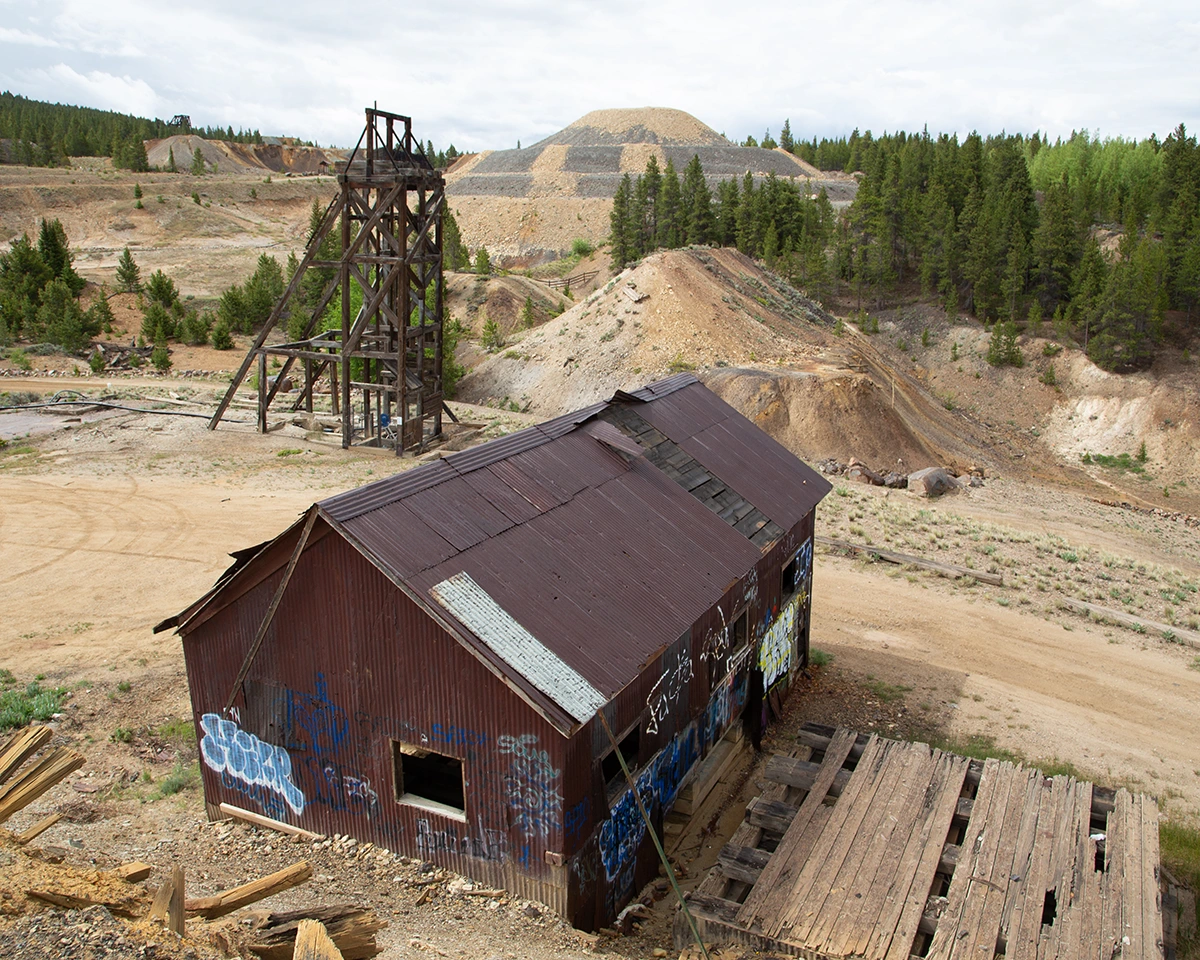
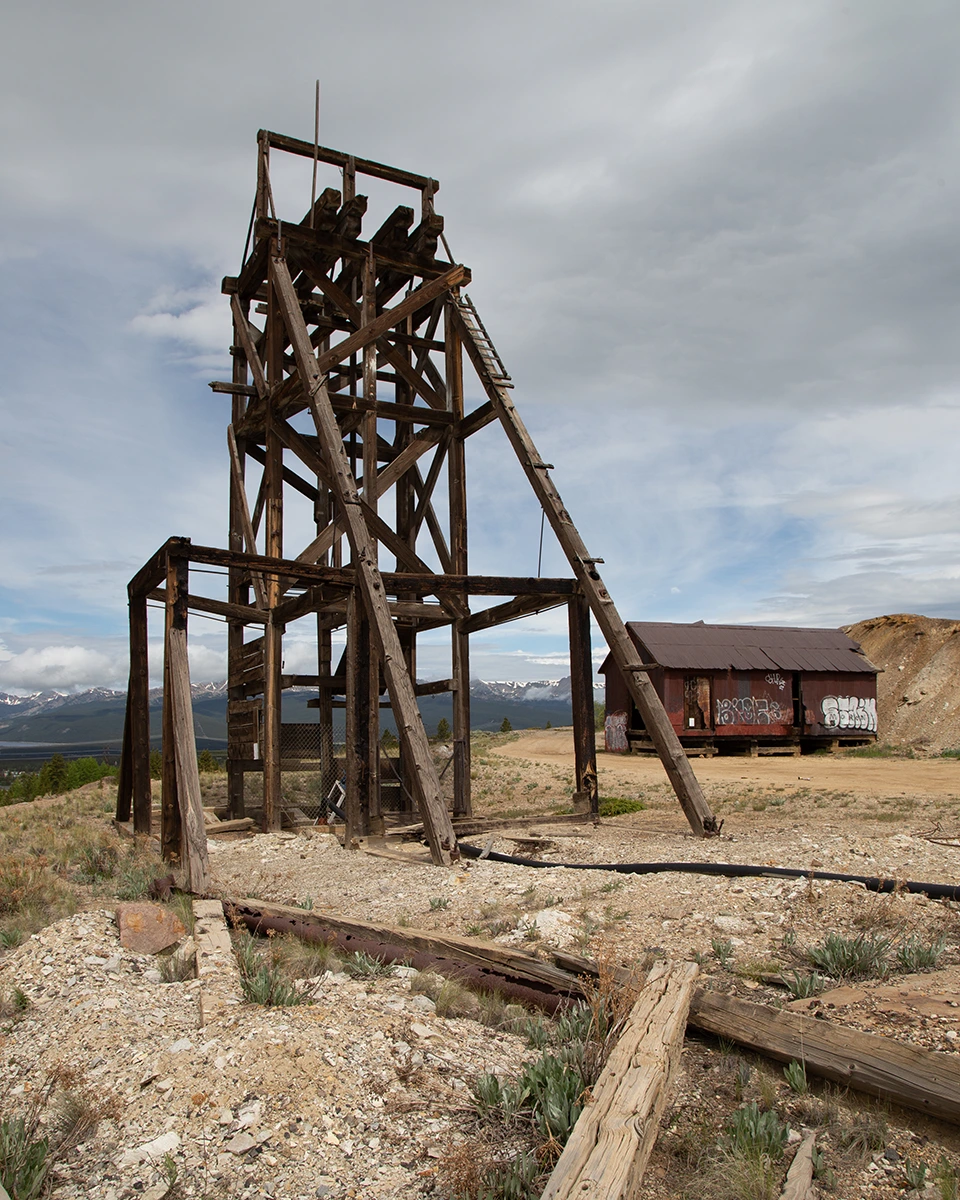
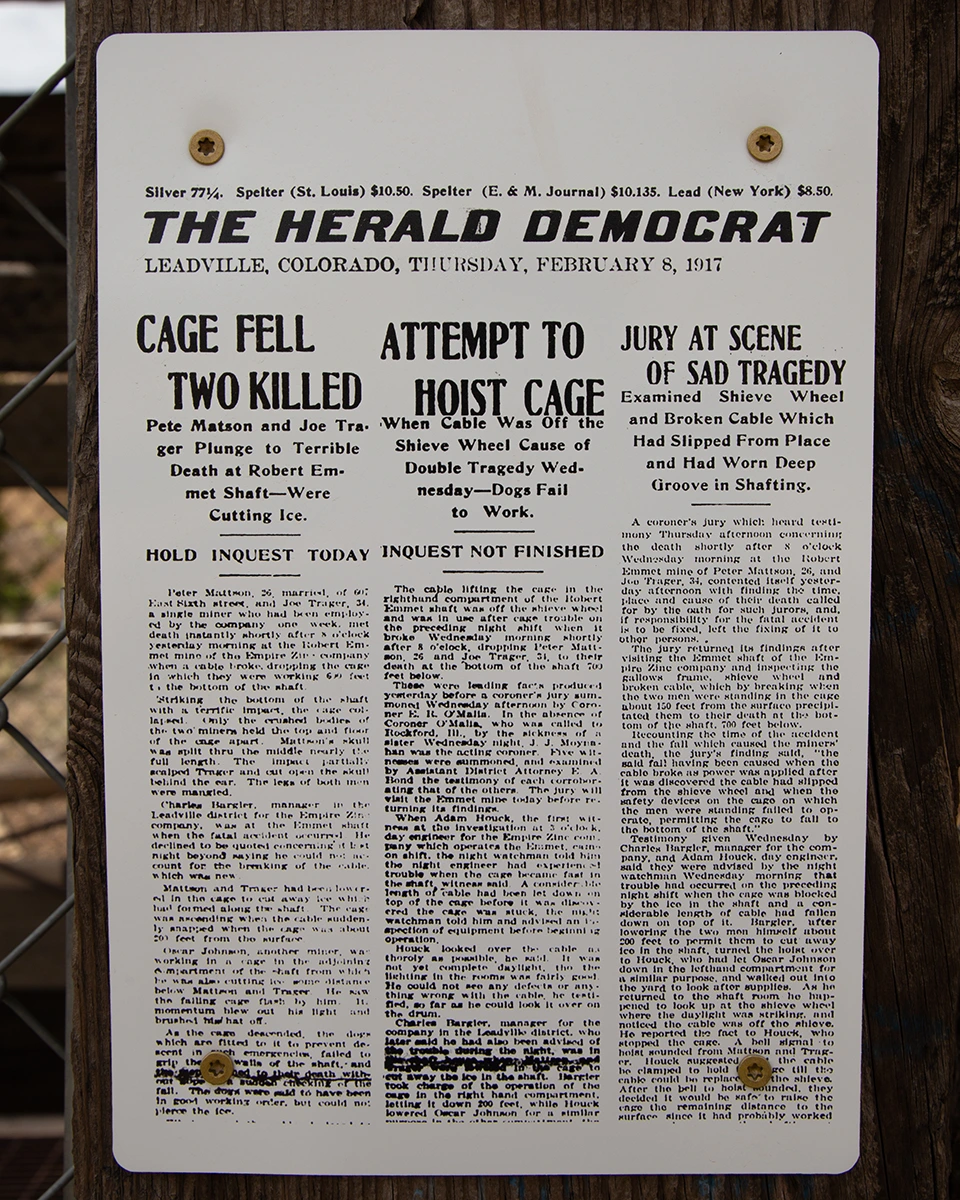
Miscellaneous Leadville finds:
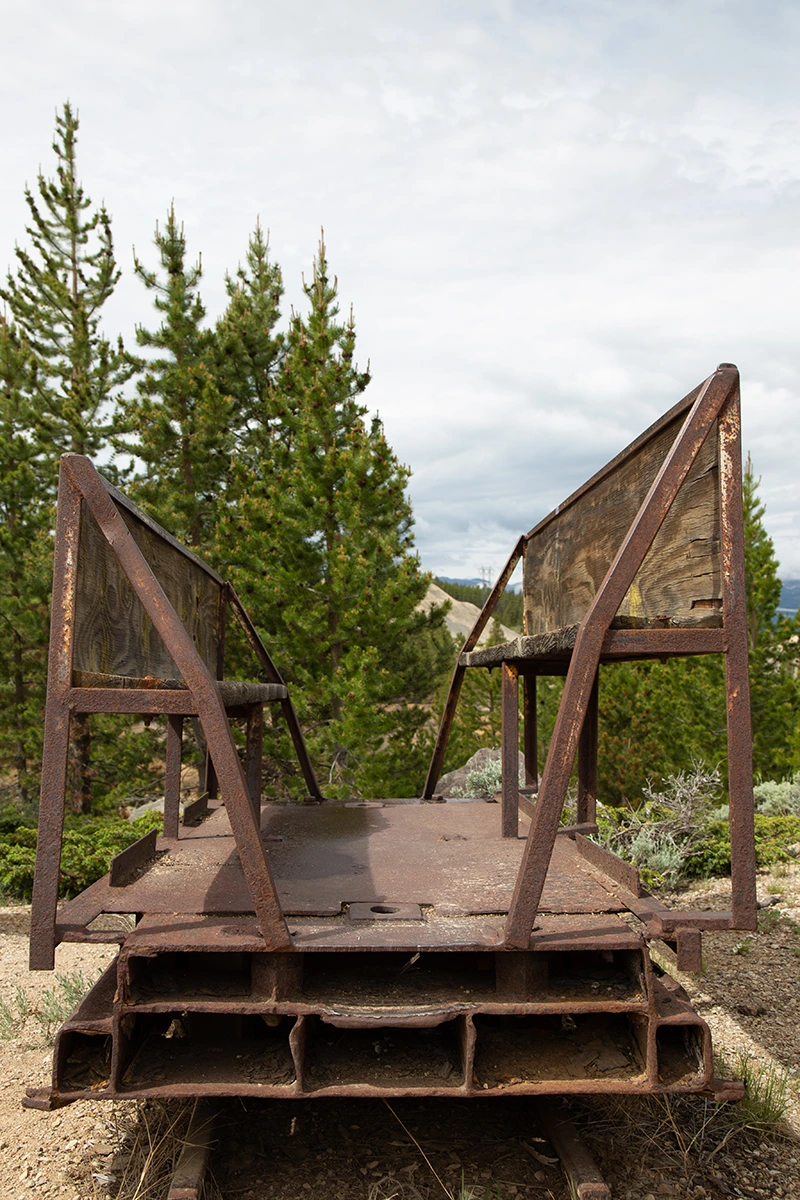
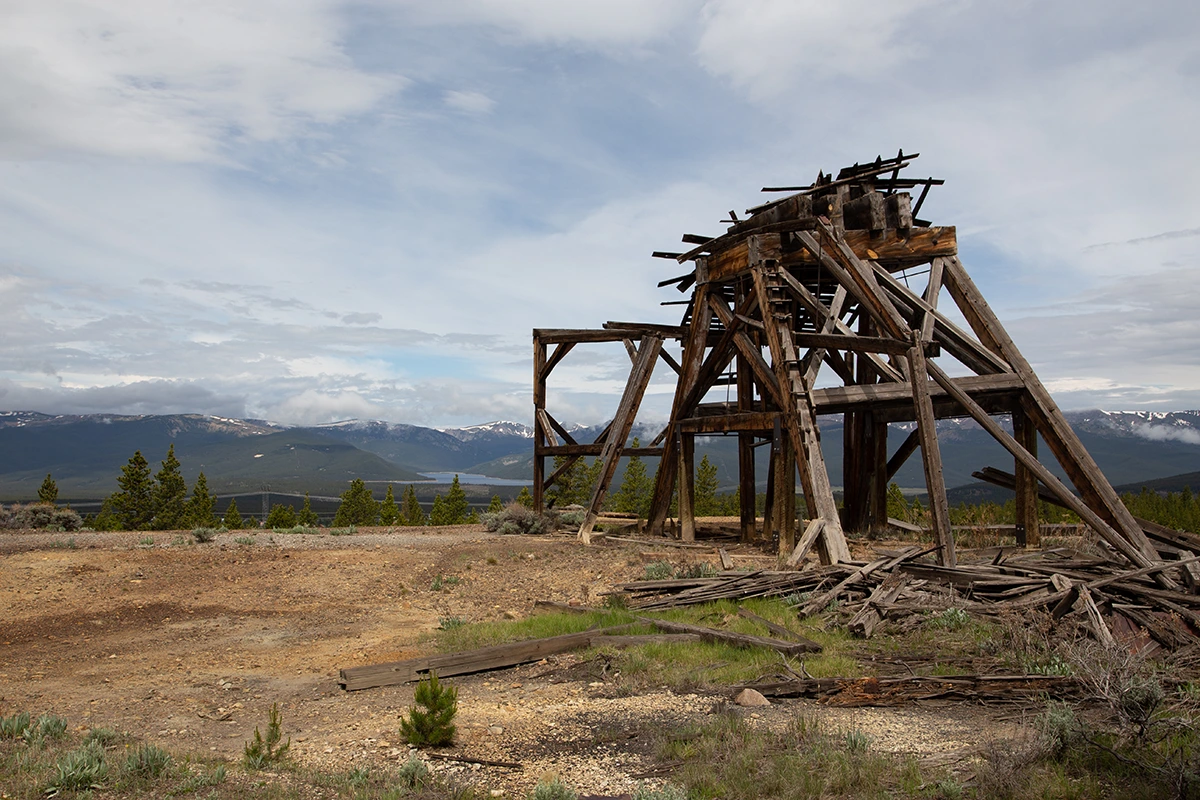
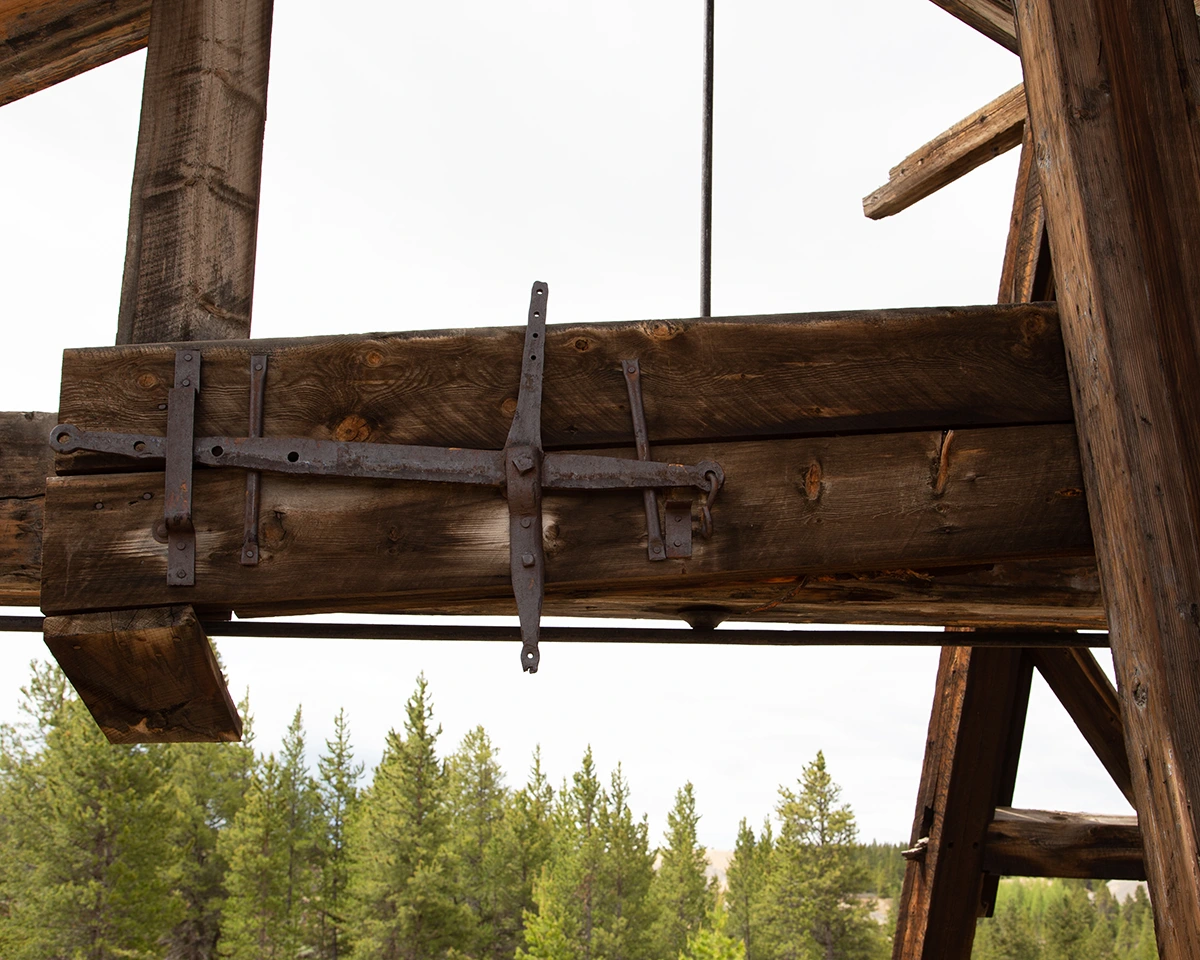
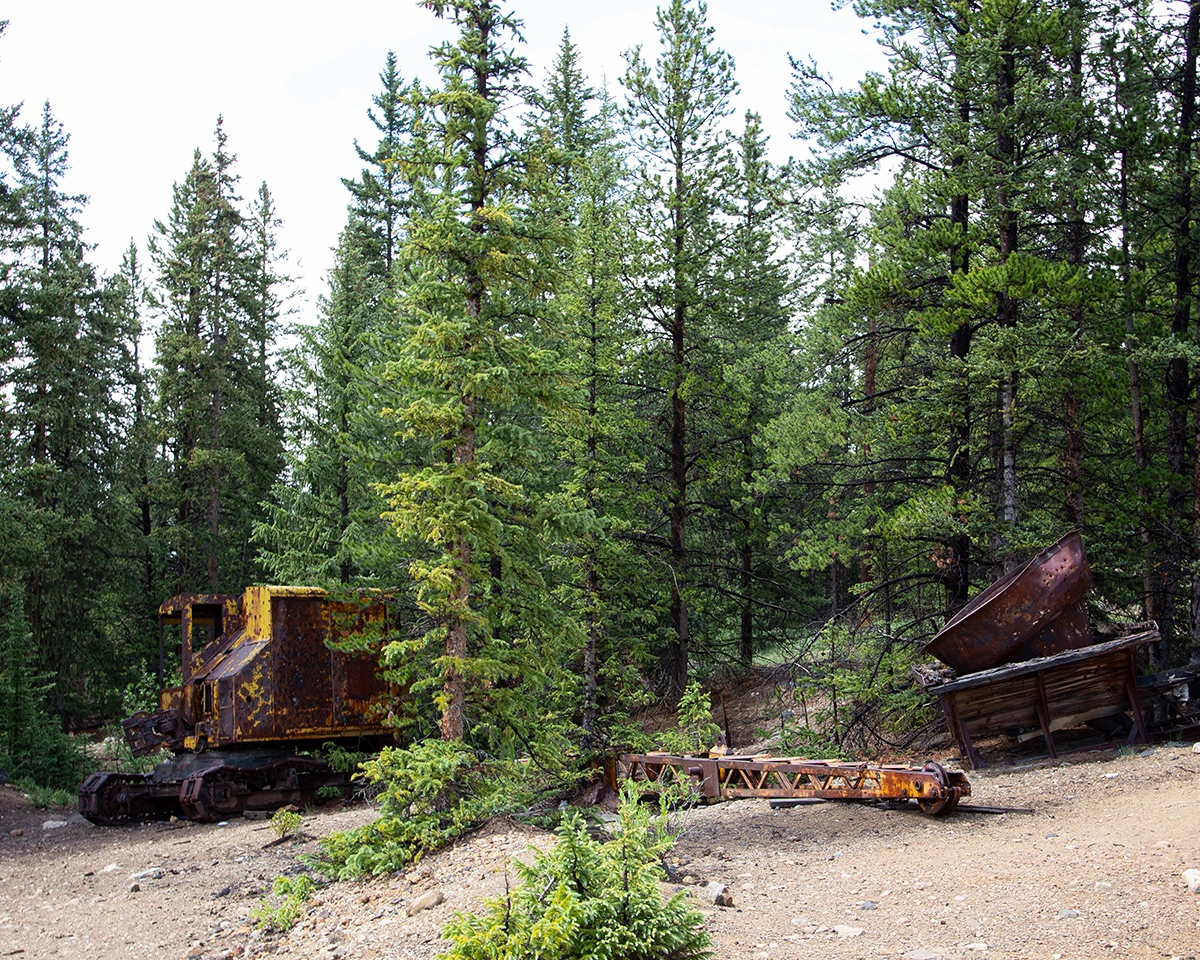
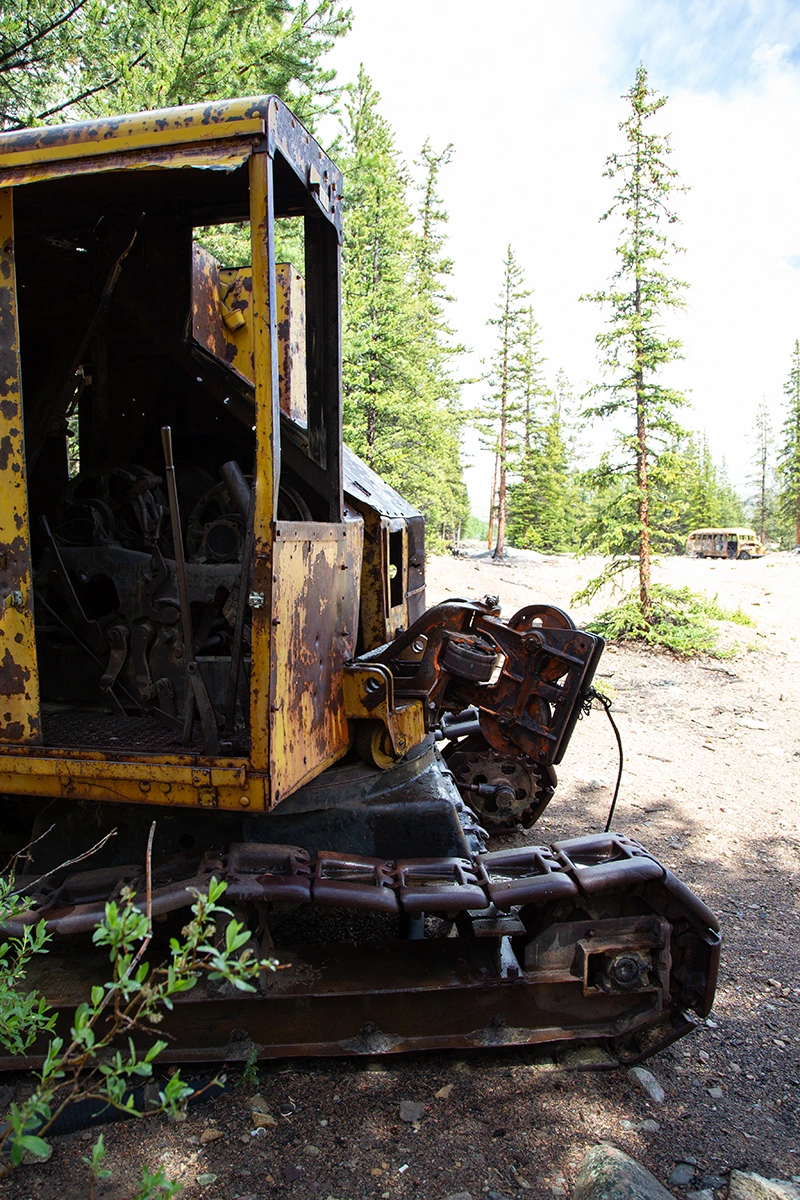
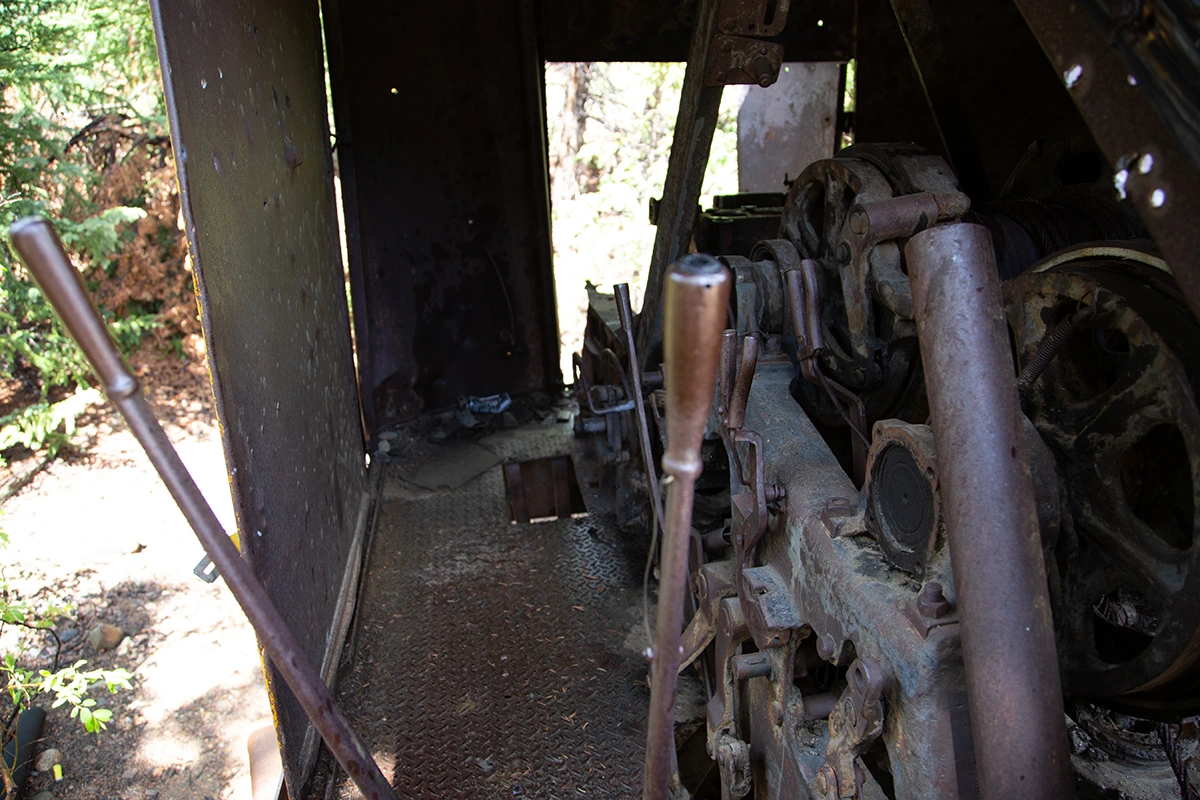
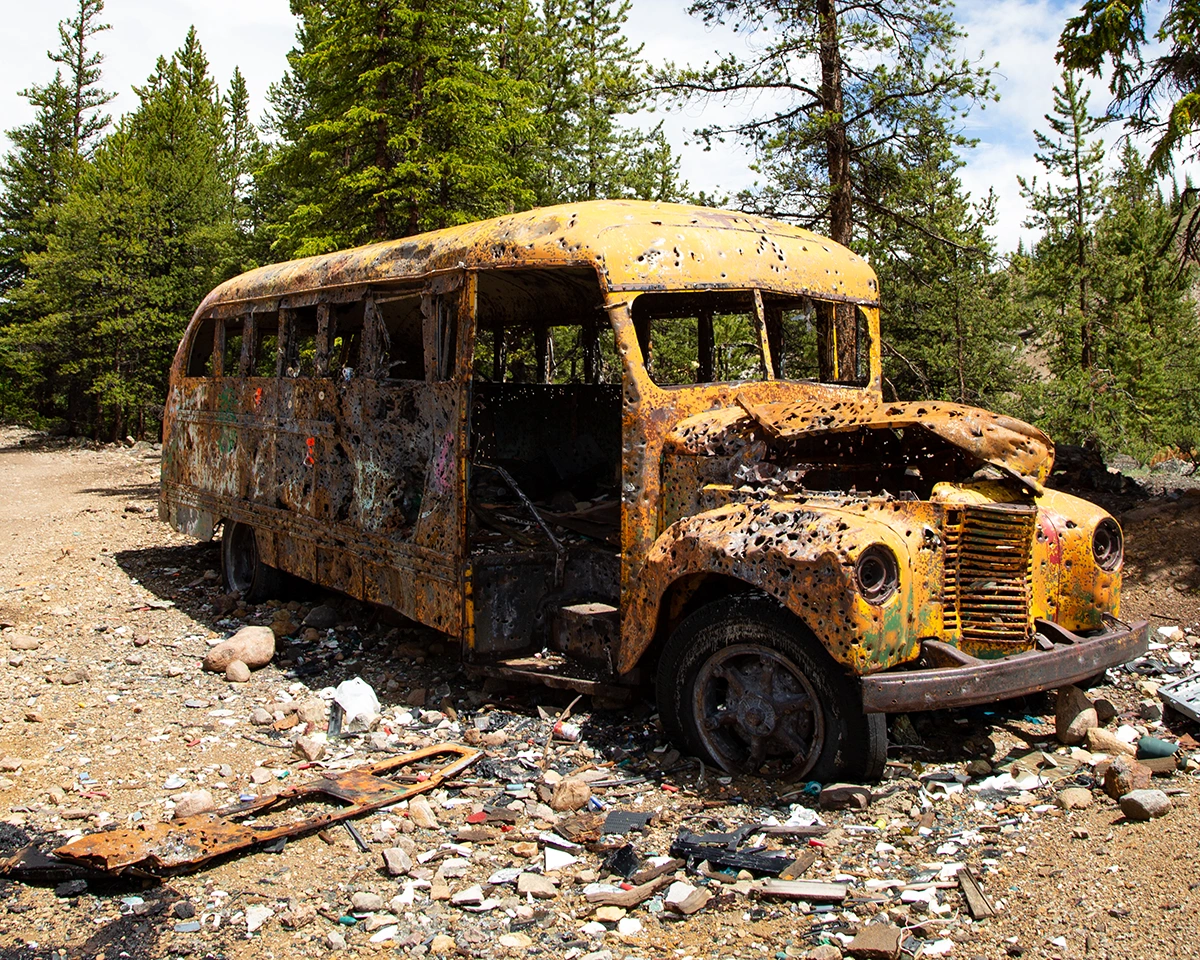
Thursday, July 14, 2022
This facility was originally constructed as the Denver & Rio Grande Locomotive Repair Shop whose construction commenced in late 1923 and was completed on February 8, 1924 in Salida, Colorado. At that time, Salida was the largest locomotive yard between Denver and Salt Lake City in part due to the fact that Salida was a "dual-gauge" yard; they had not one but two roundhouse and turntables because they served both narrow gauge as well as standard gauge. The roundhouse was just outside of this building and the rail lines still run through the building today.
Sometime in the mid-1950's the locomotive repair shop was sold and became the Wm. L. Poller Company. Calco Inc. then came into the picture and operated this plant in Salida Colorado from the mid/late 70's to the mid 90s. They processed on average 200 tons of quicklime and crushed limestone daily which was hauled from the nearby Monarch Quarry. By the early 1990's they had numerous MSHA citations wherein their weak financial situation was acknowledged as reason for their rather small fines (~$50 per citation). It's not clear when they shut down but it appears to have been sometime in the mid 1990's based on paperwork onsite and research conducted.
Click here for the video.
Historic Photos of Calco/DRGRR Repair Shop Courtesy Salida Regional Library Museum


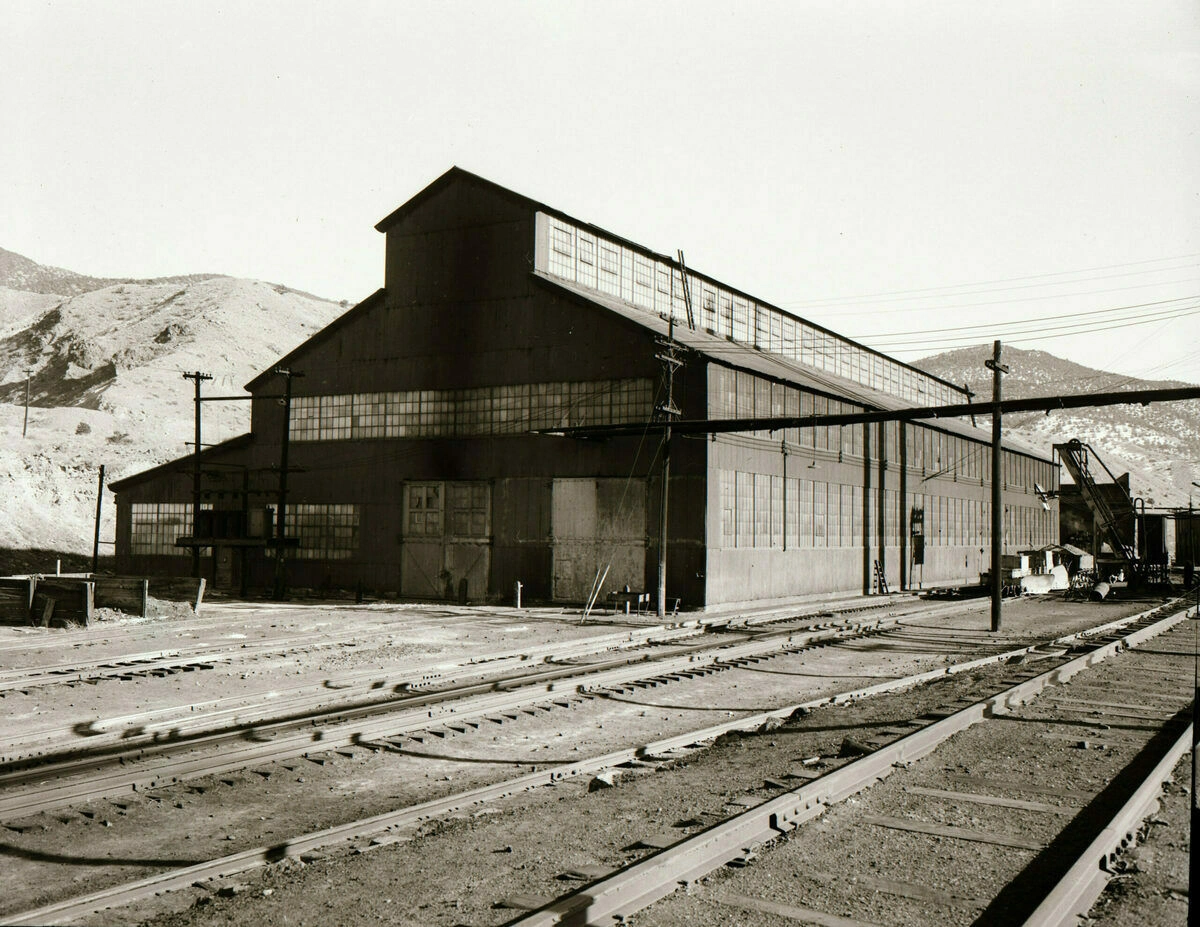
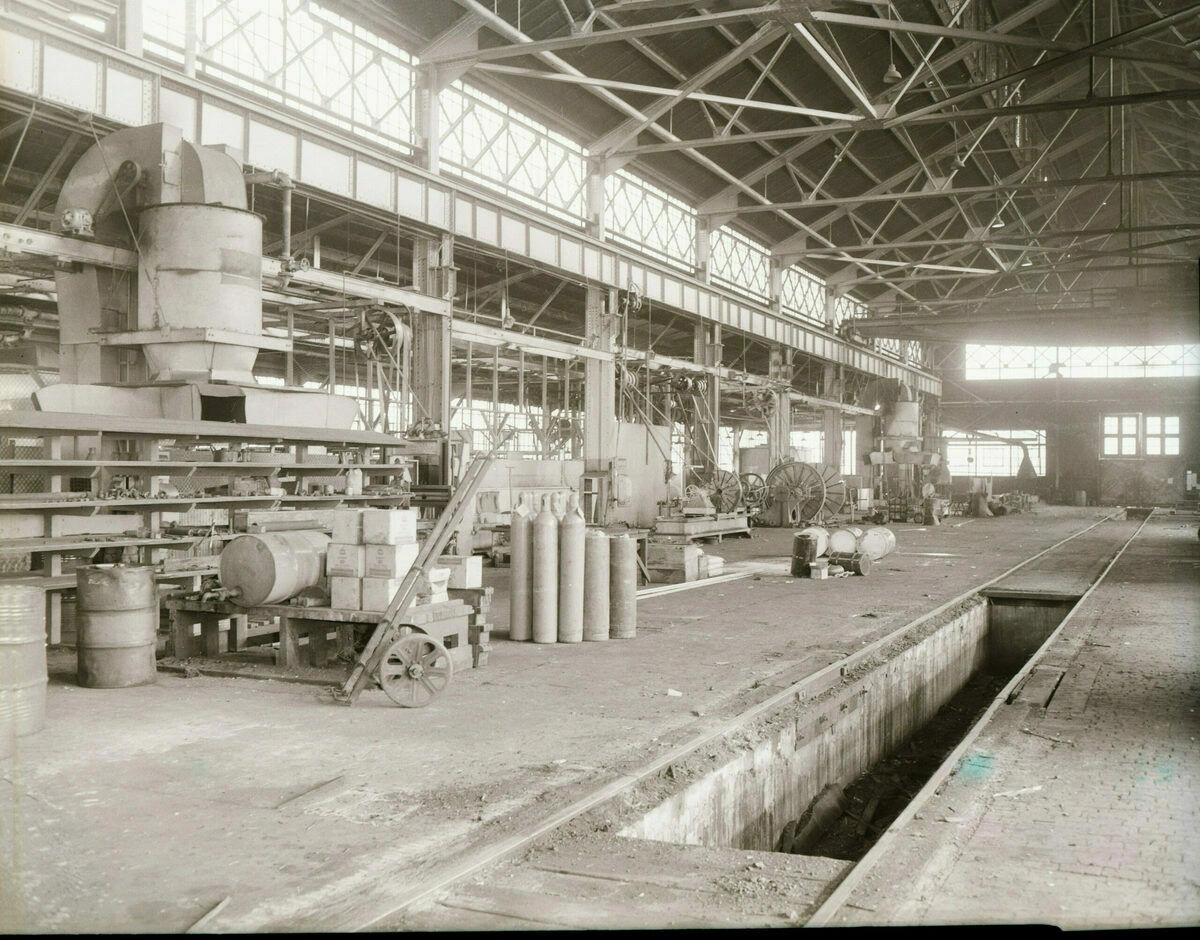
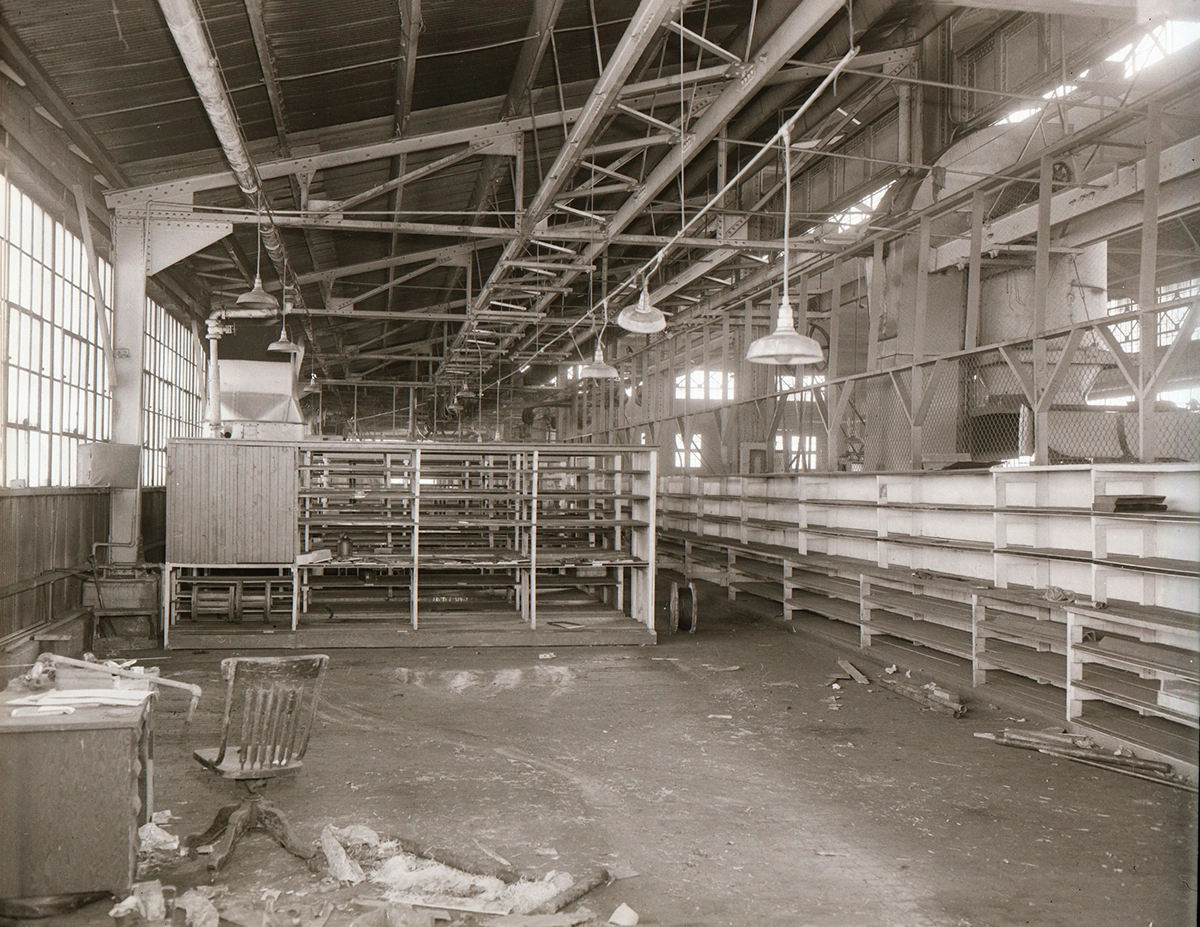
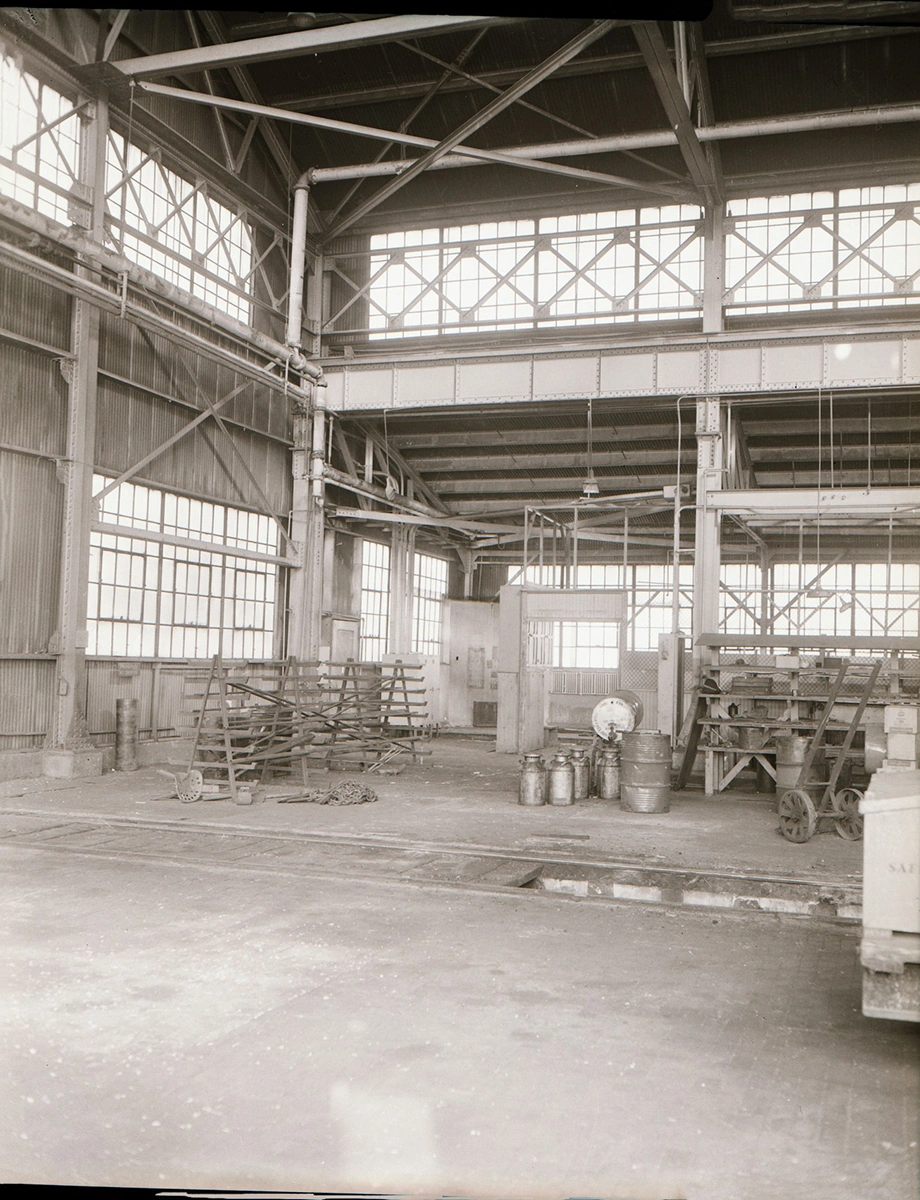
End Historic Photos
Disclaimer: I had the opportunity to visit this site recently so I didn't pass it up despite the fact that I recently broke my collarbone and was only about a week and a half post-surgery with my right arm in a sling and completely useless. So this is the best I could do as a one-armed crippled idiot.
